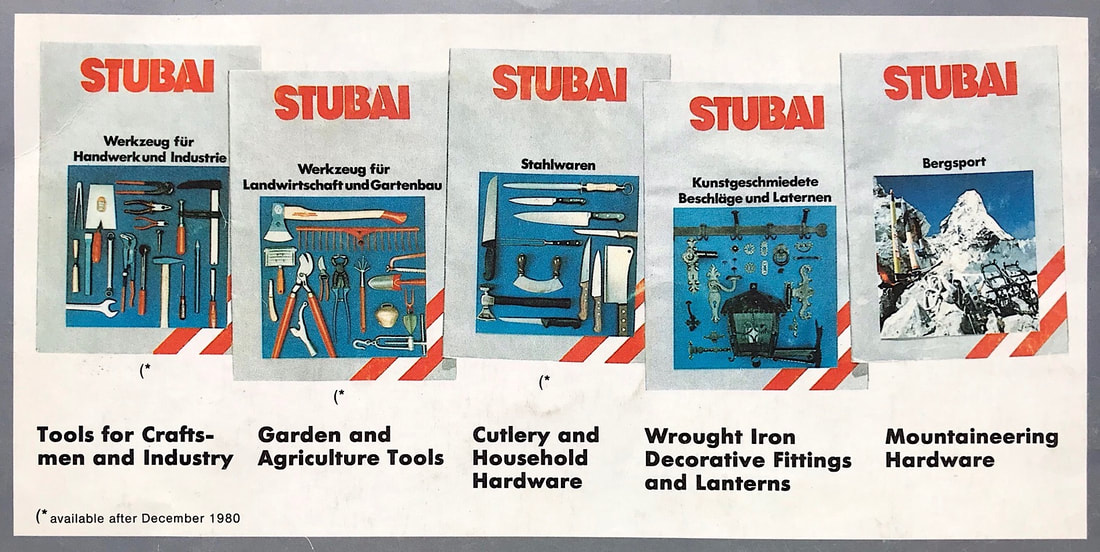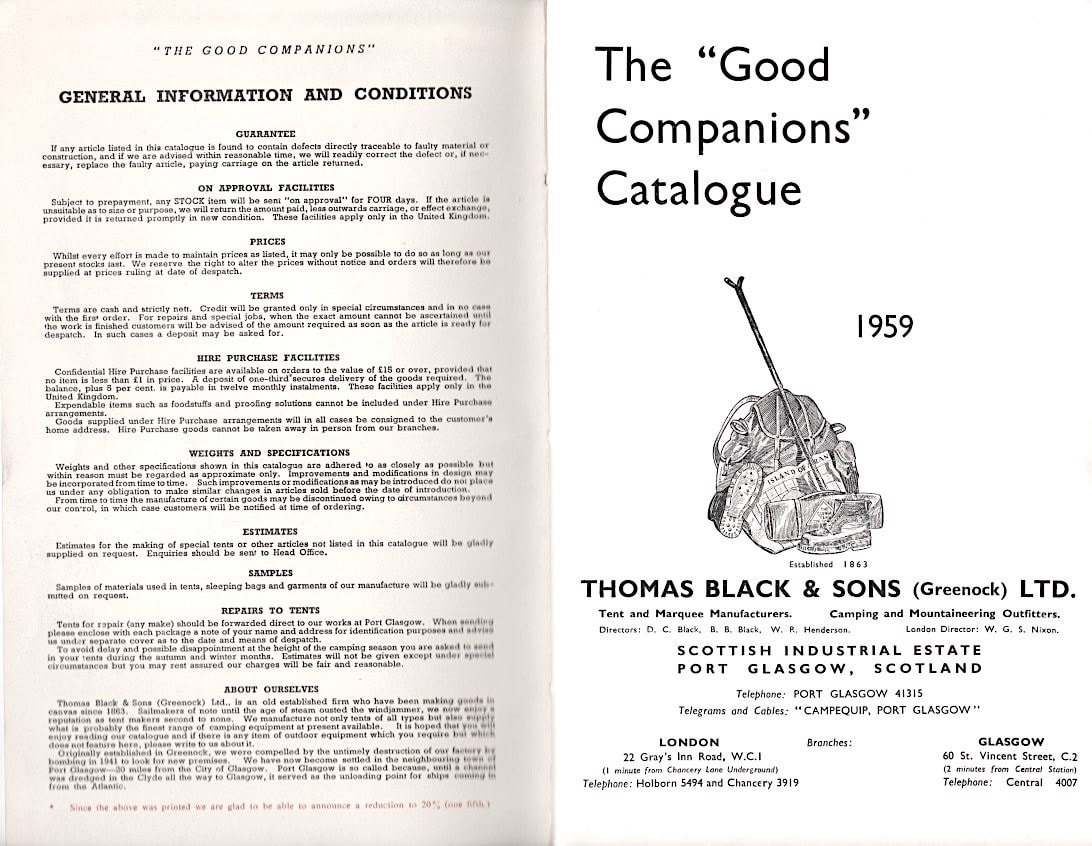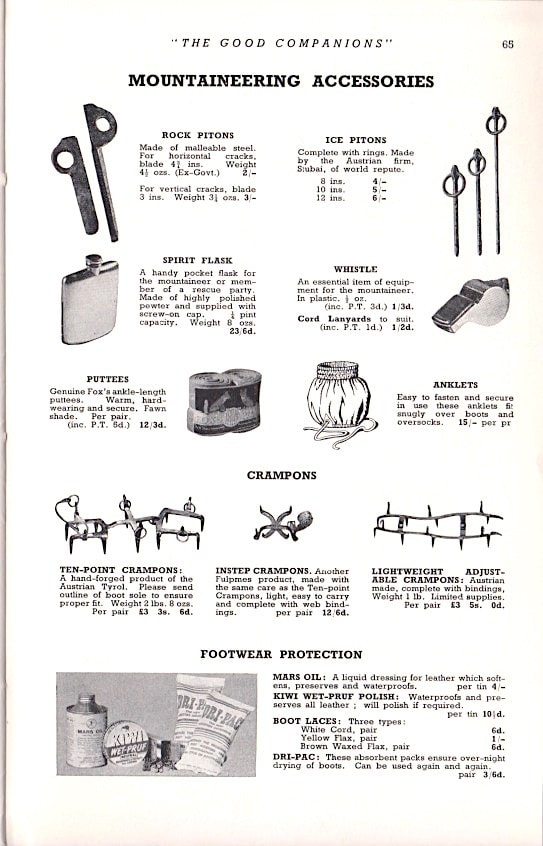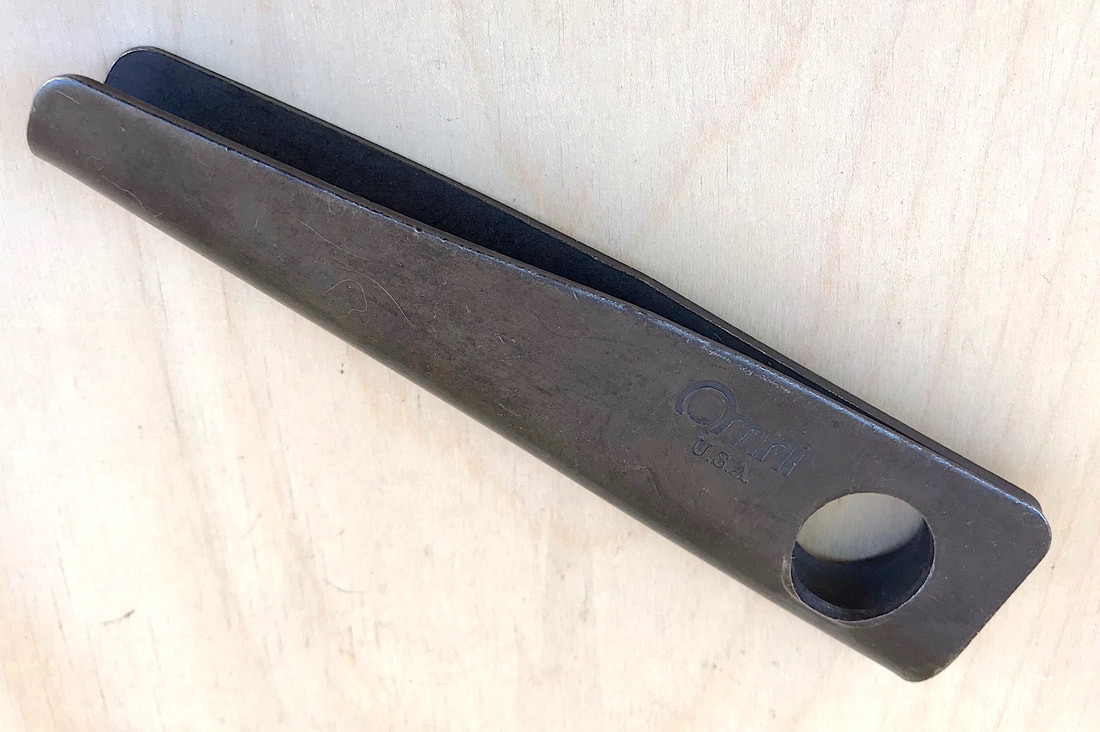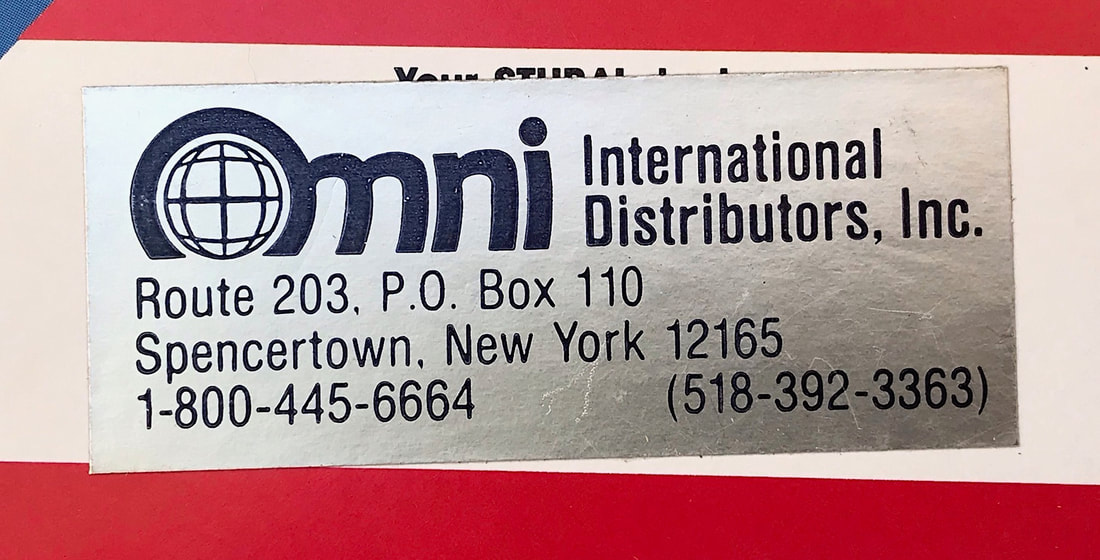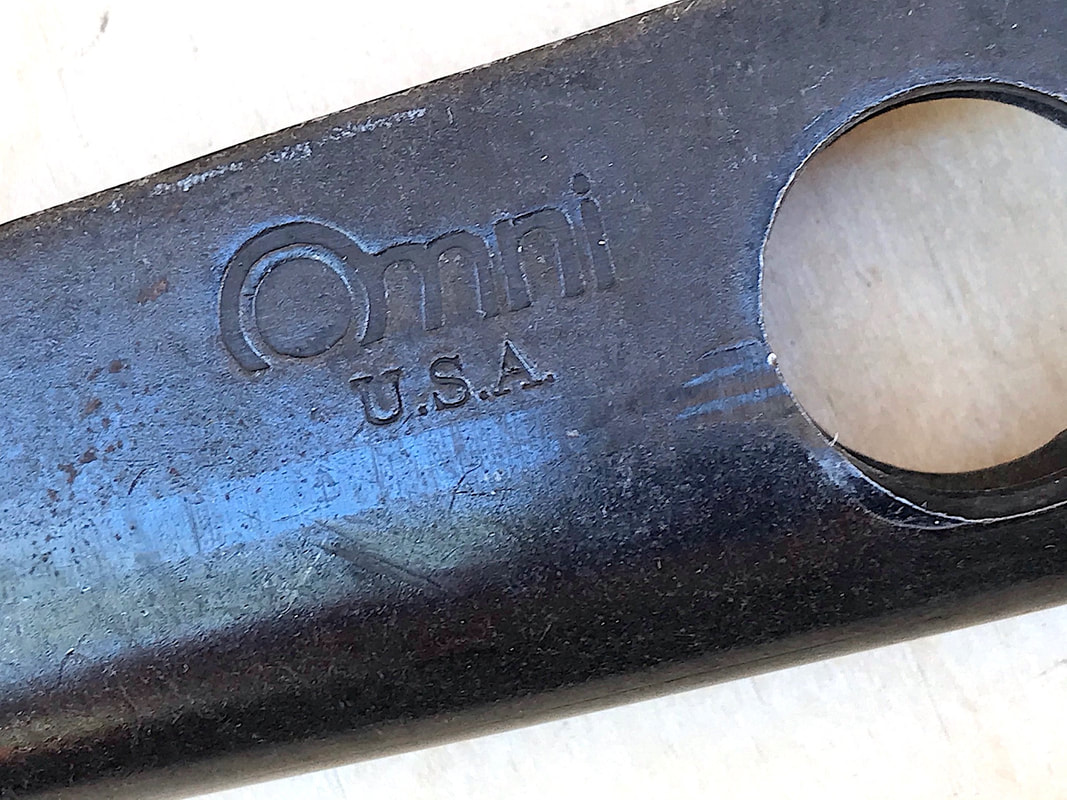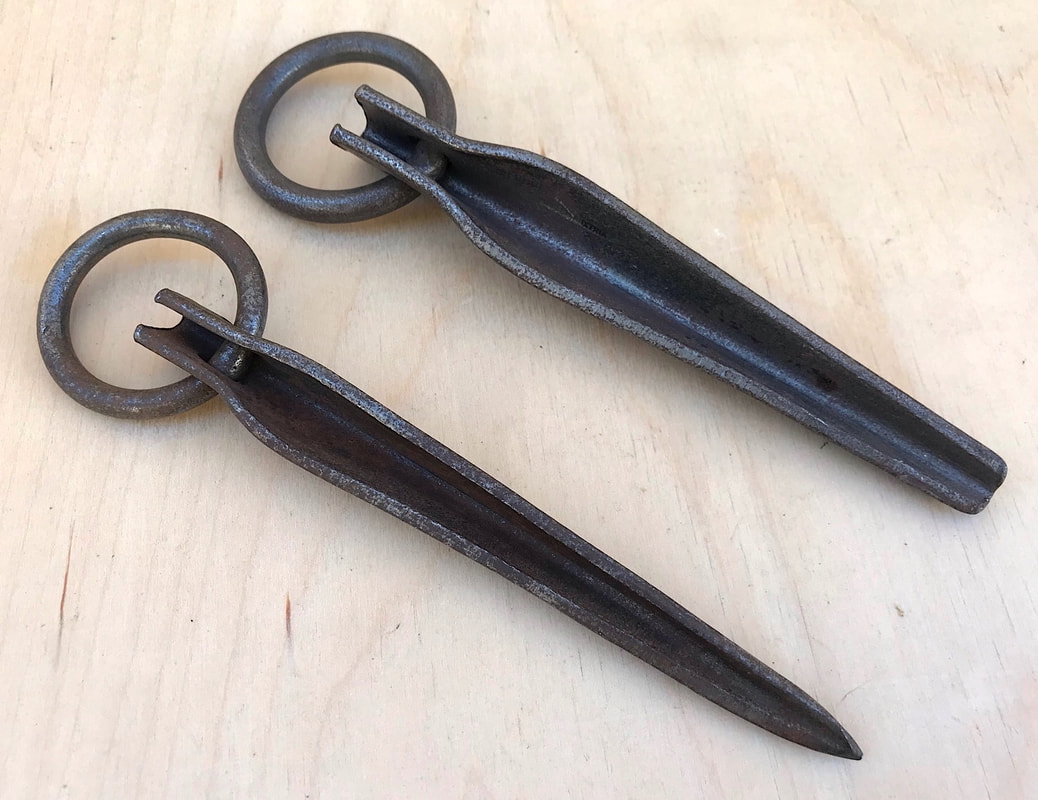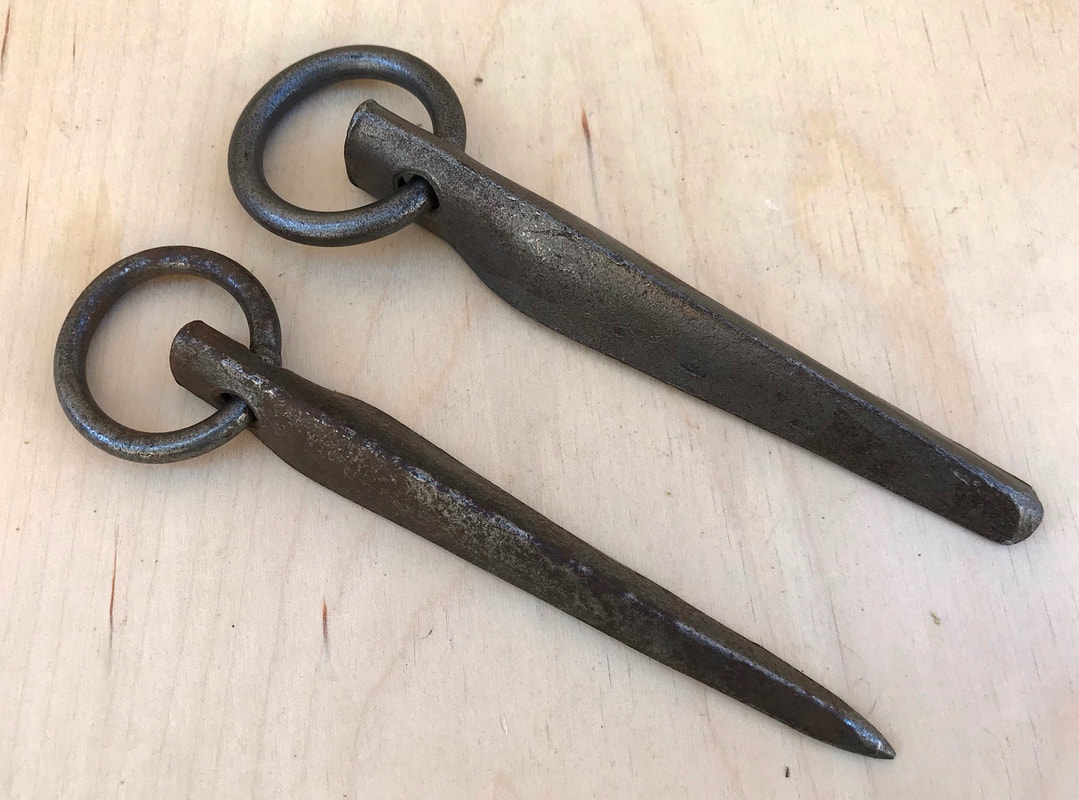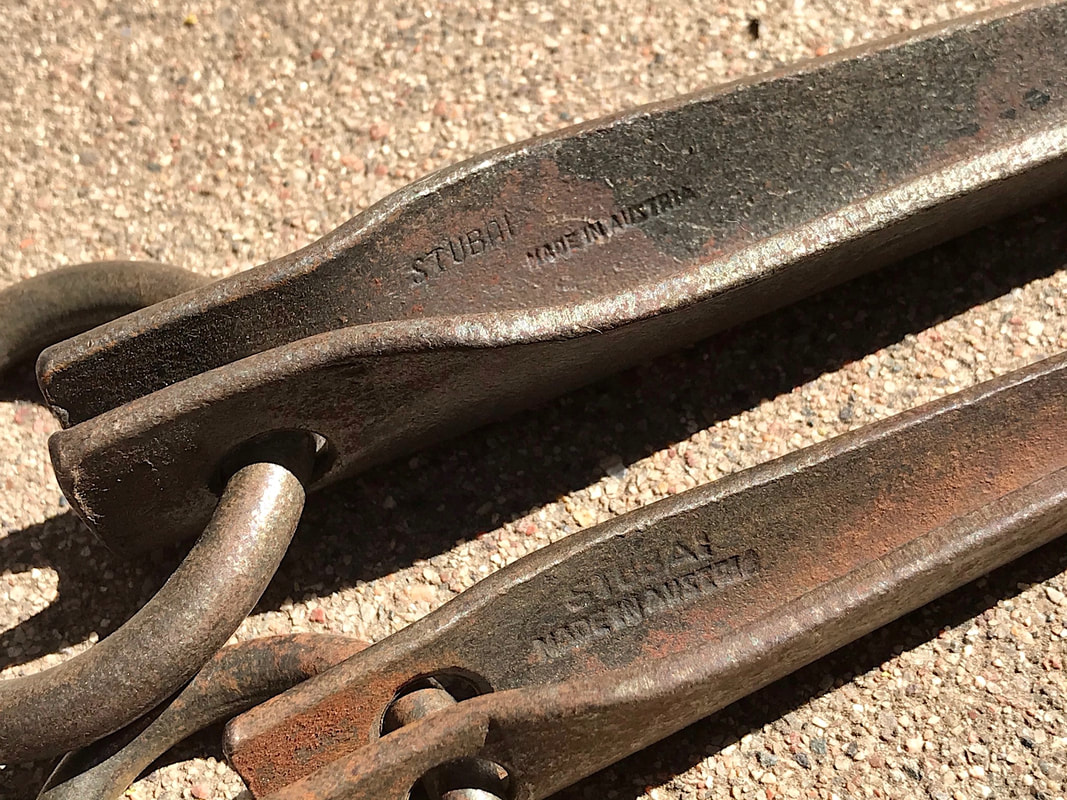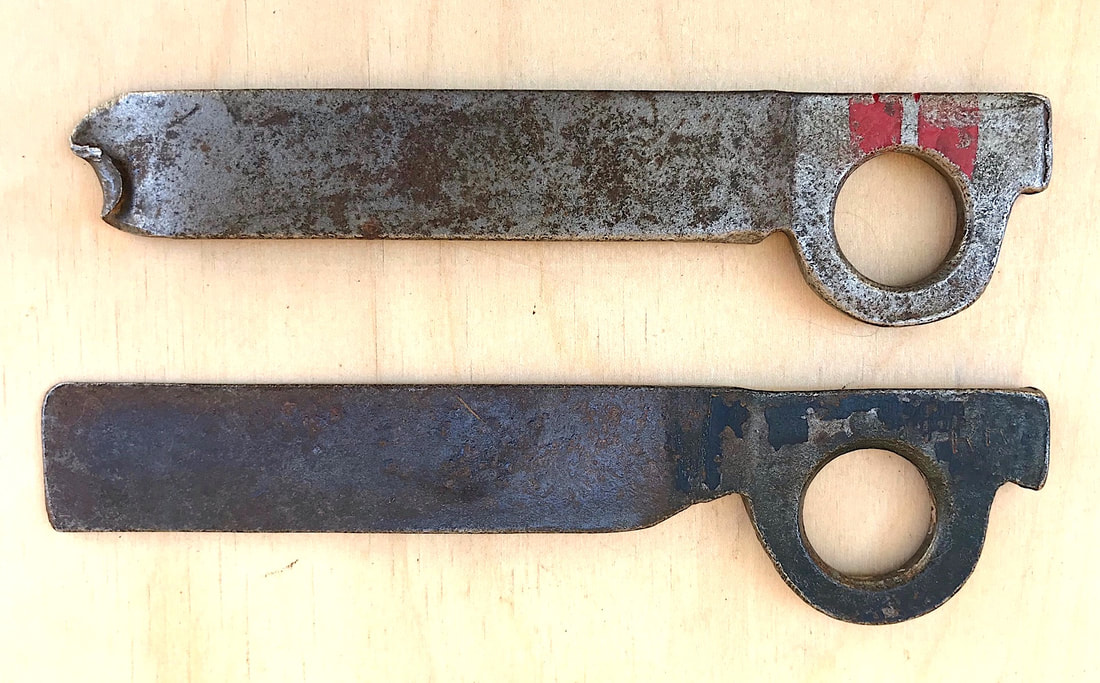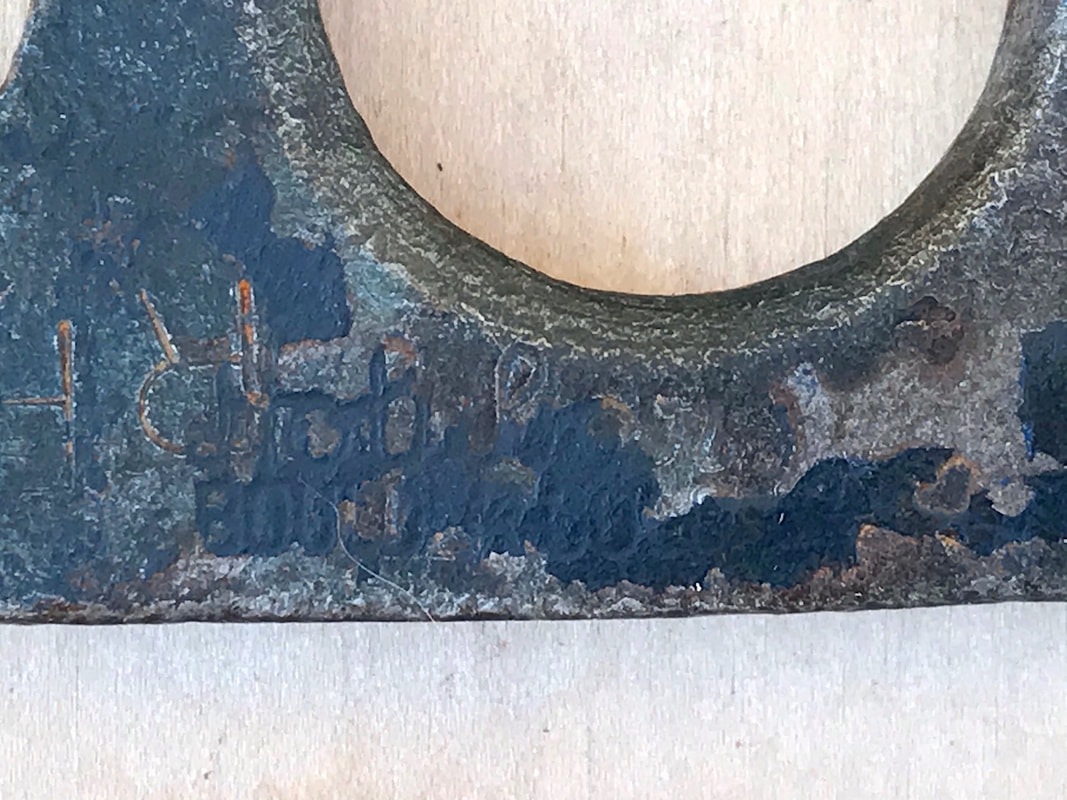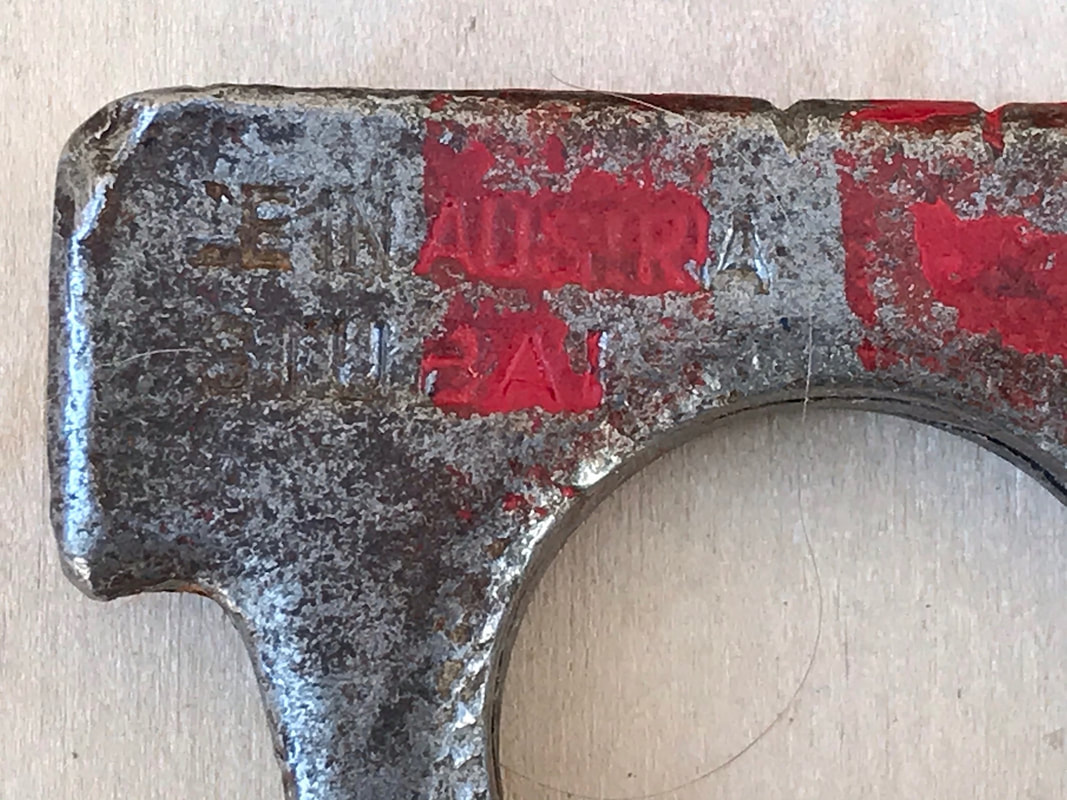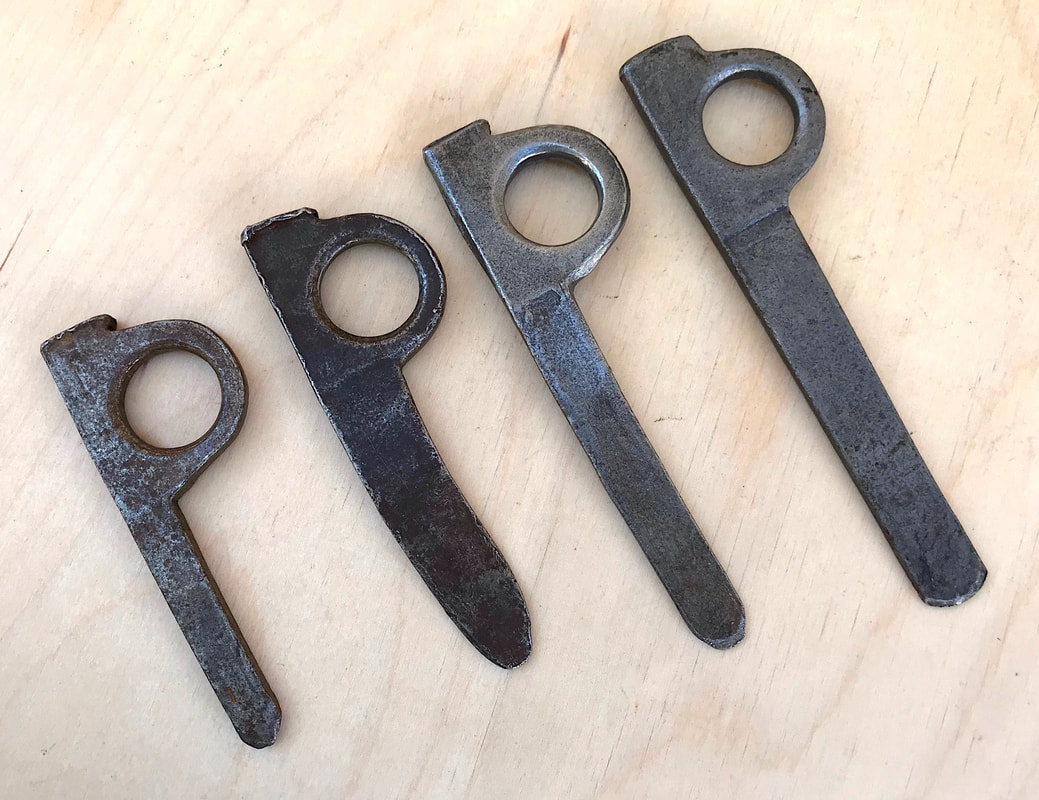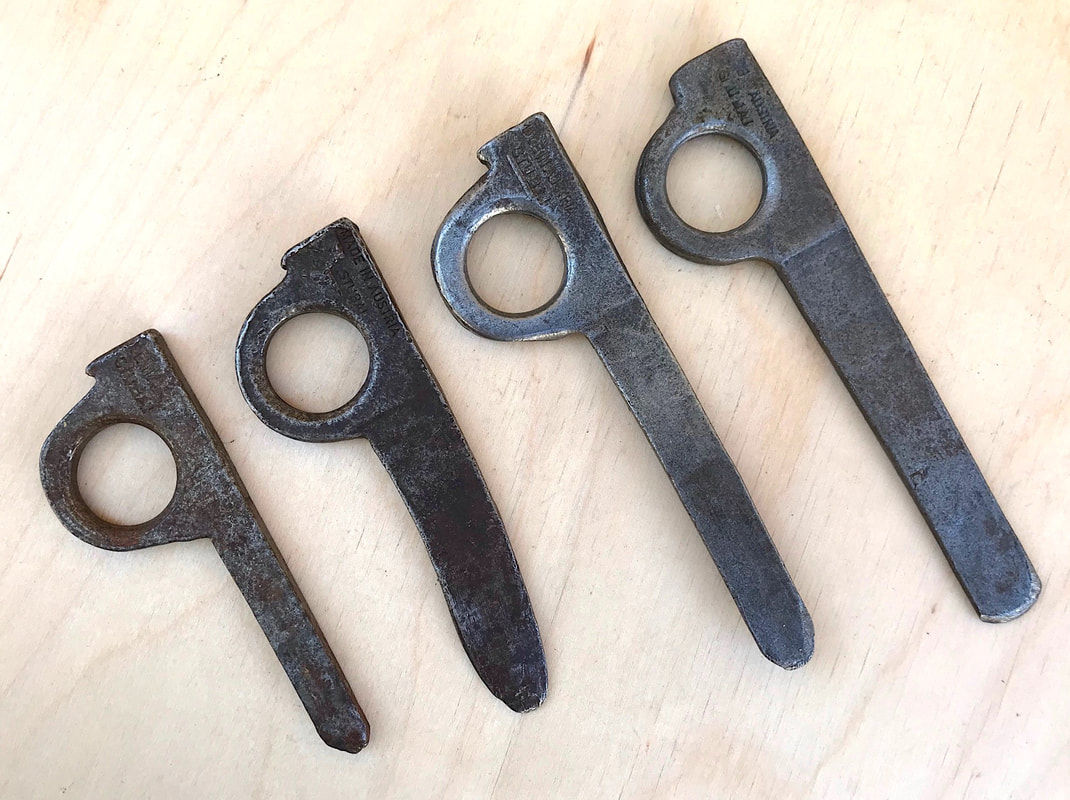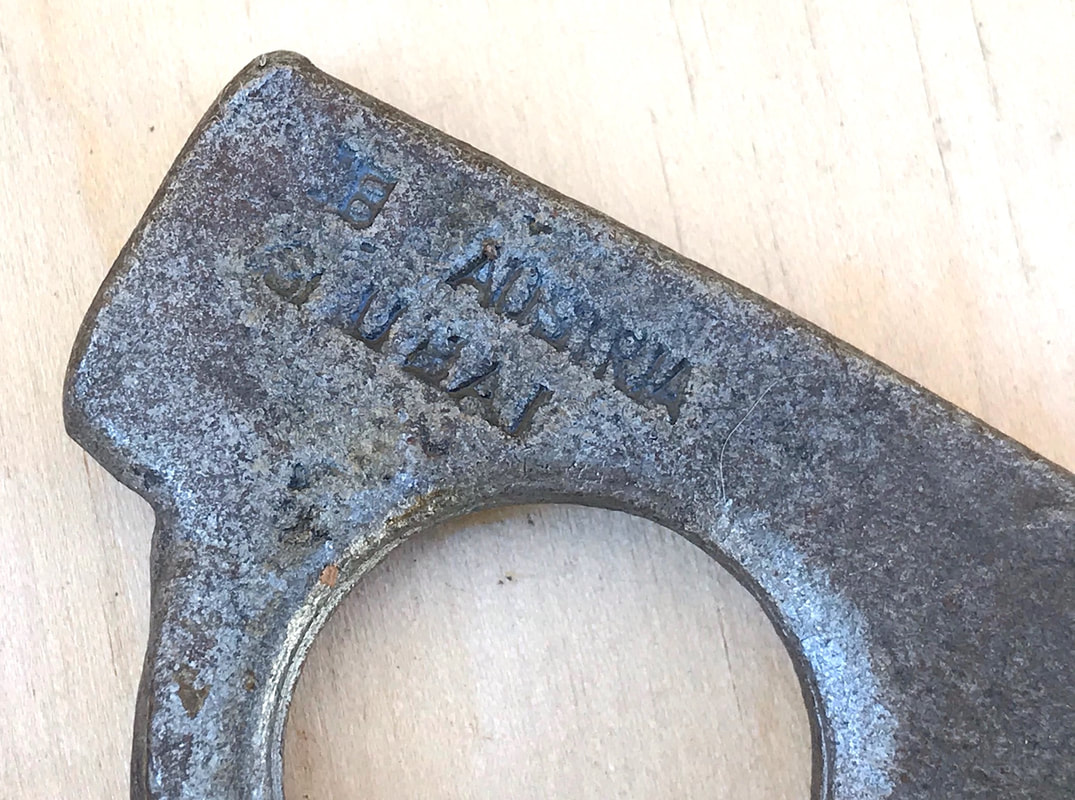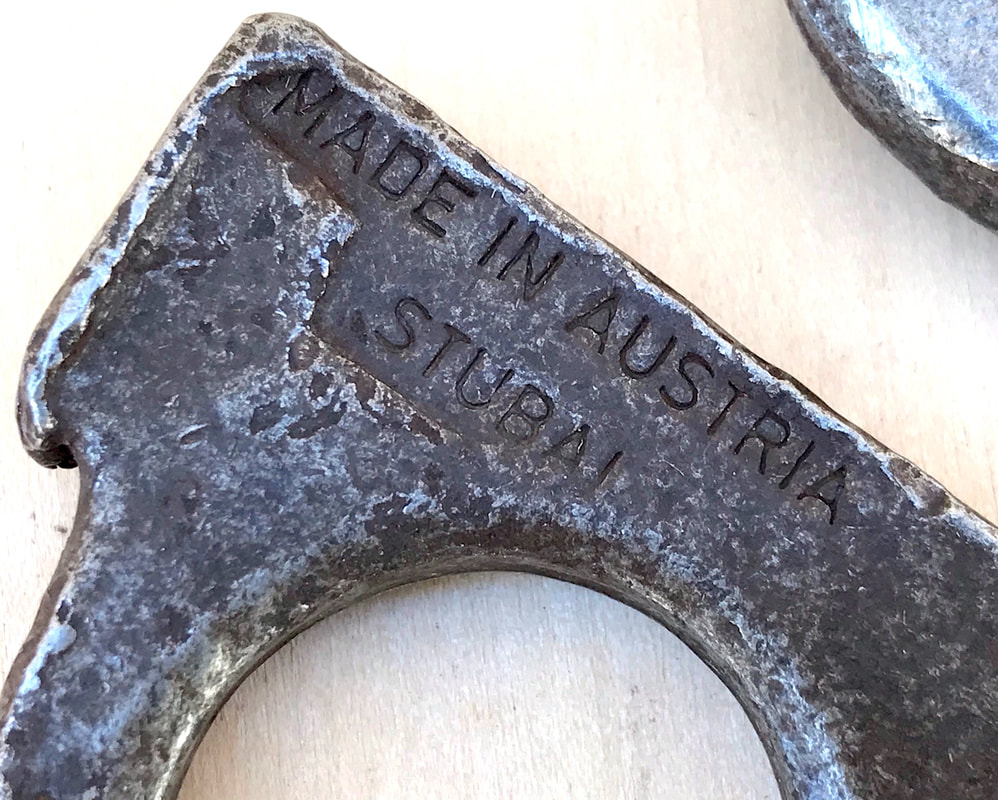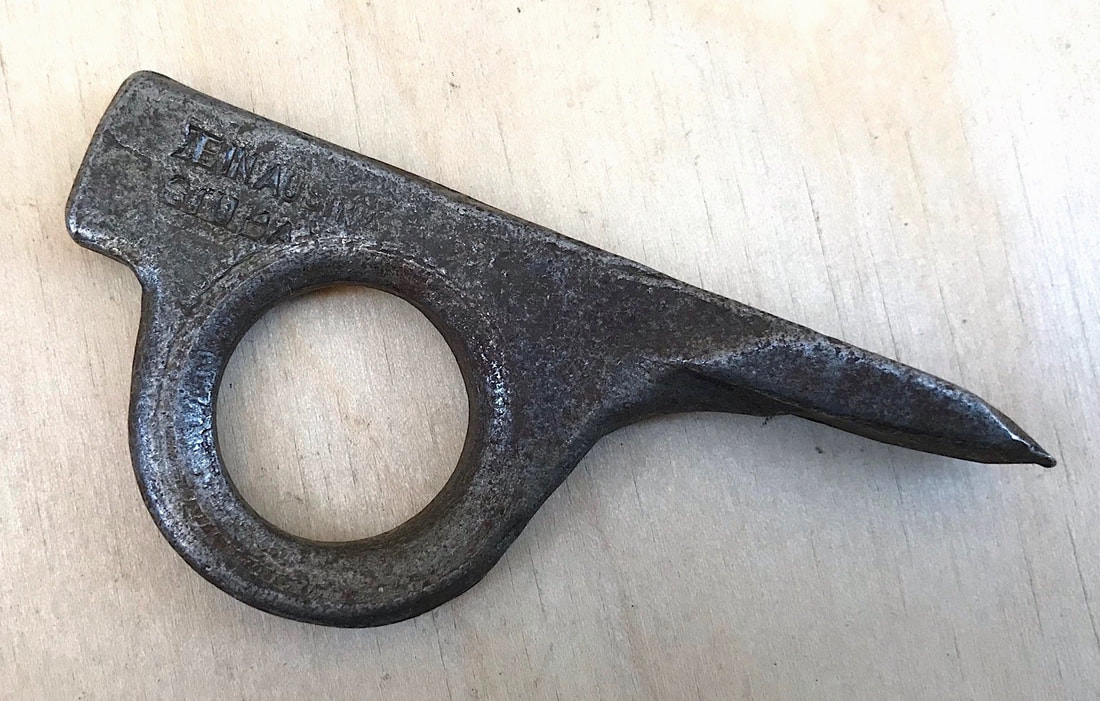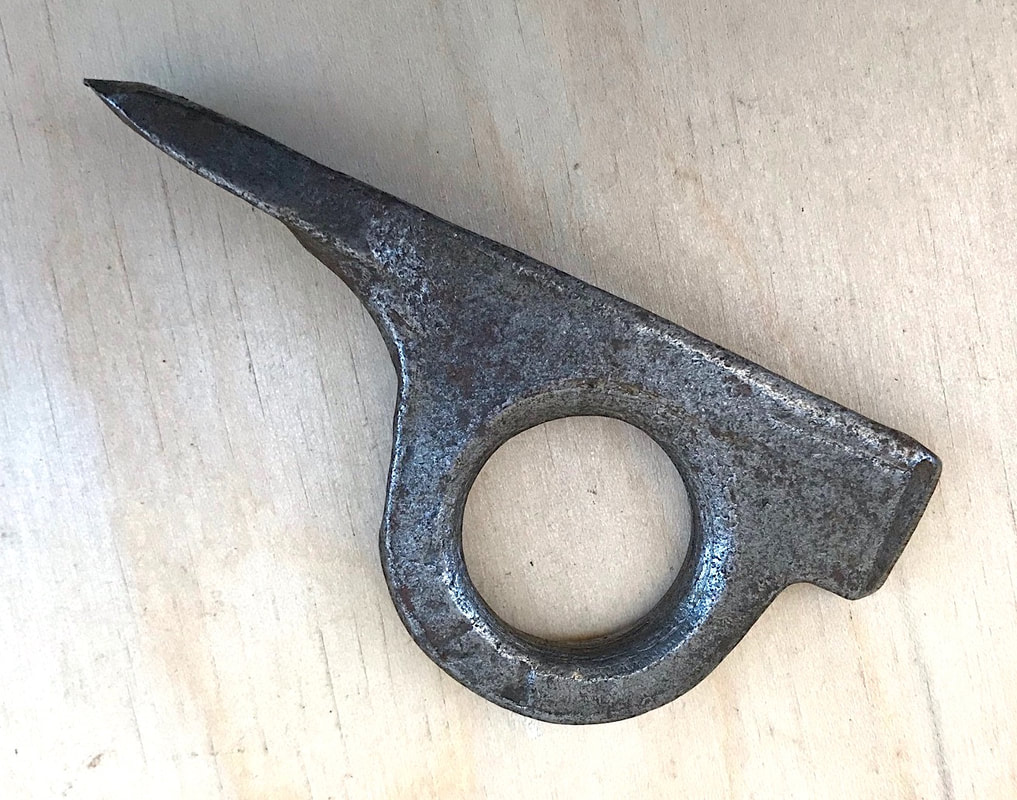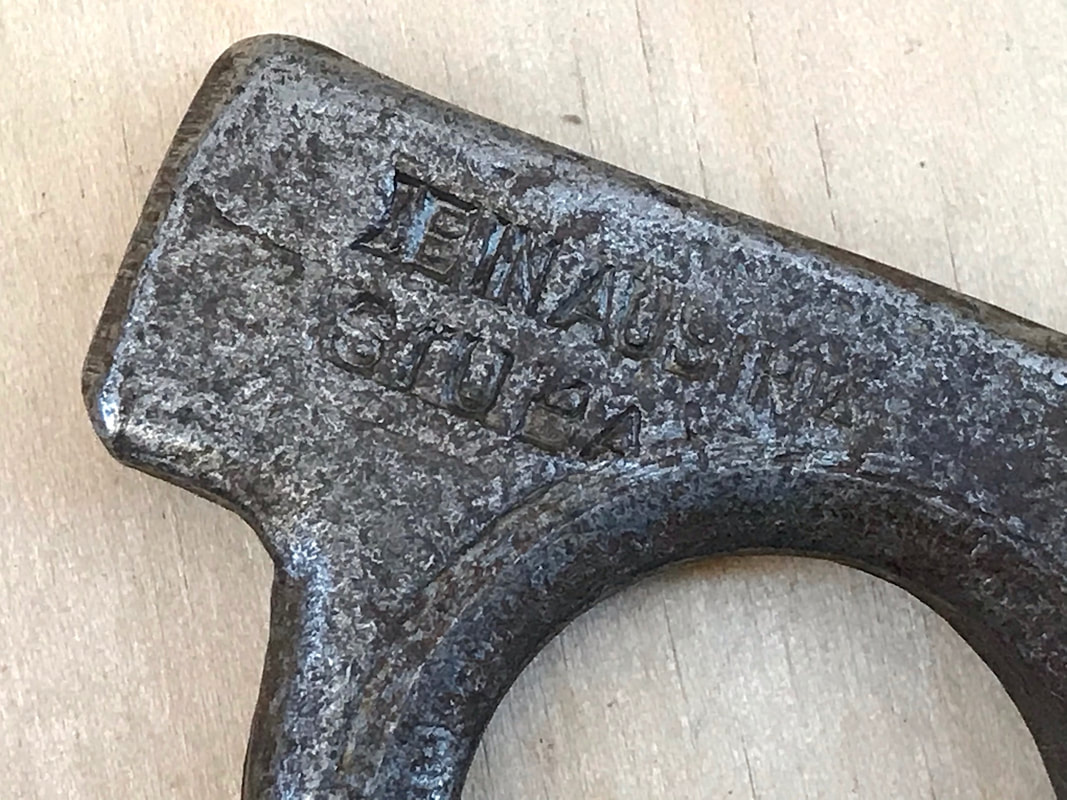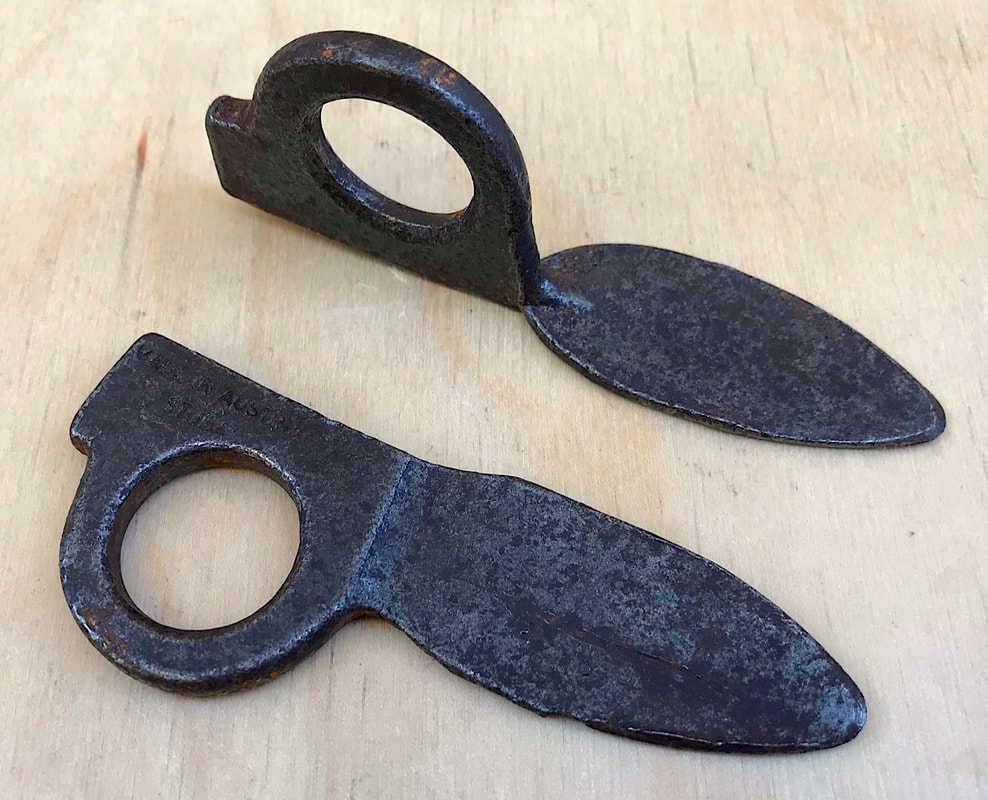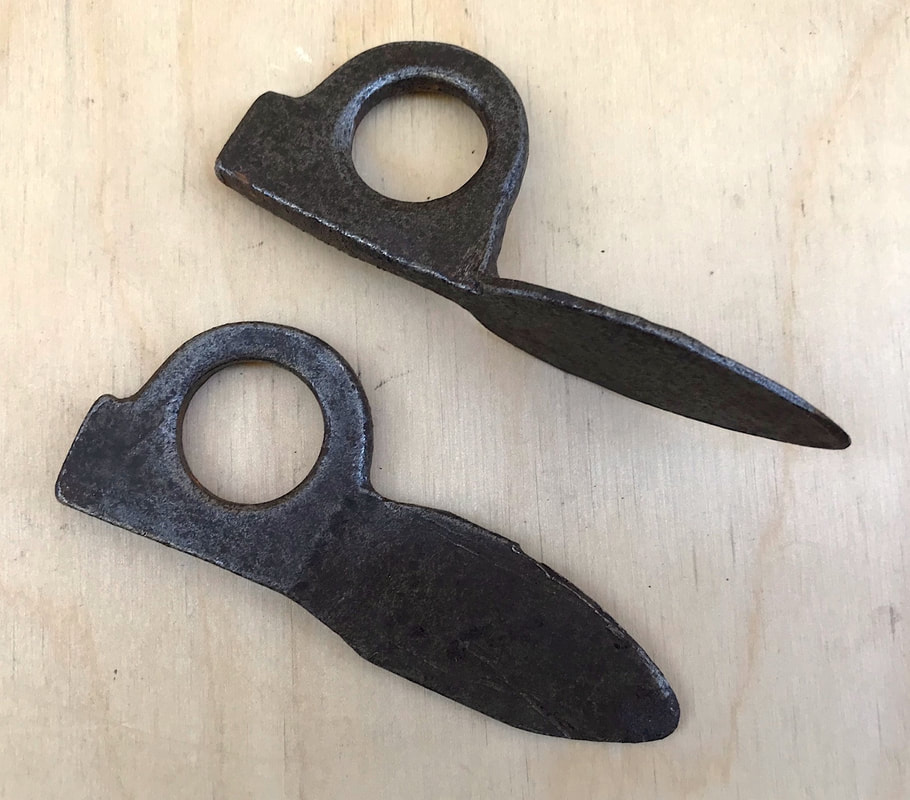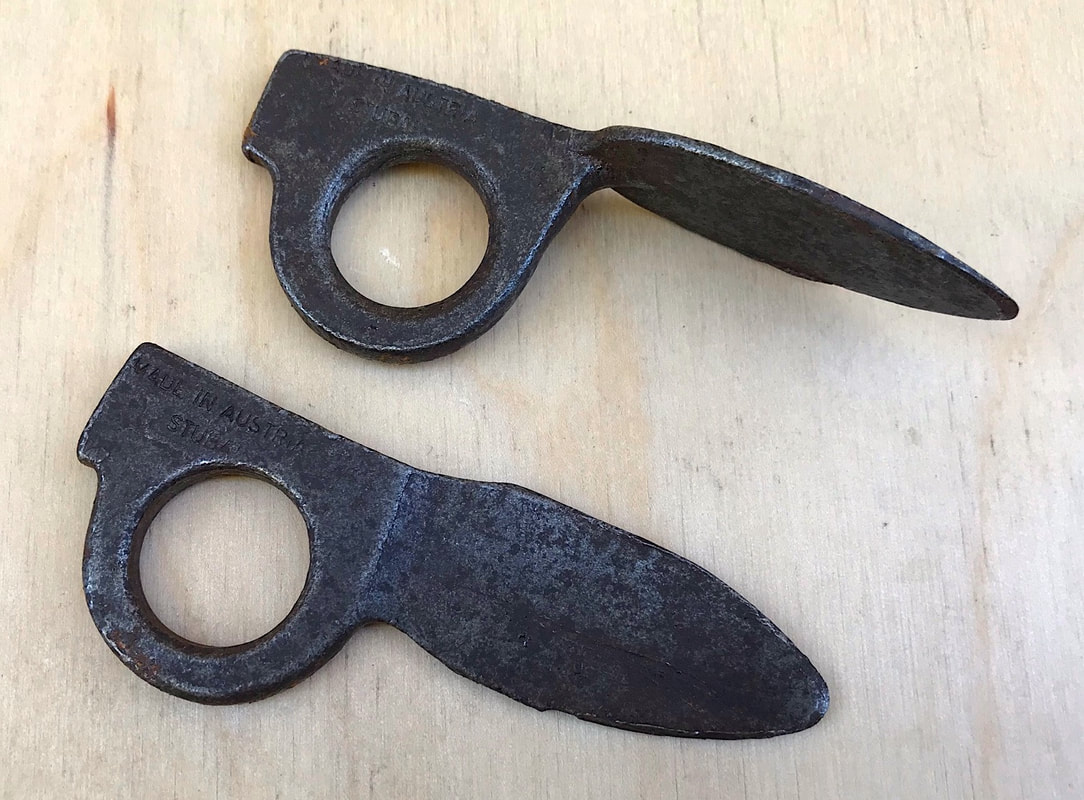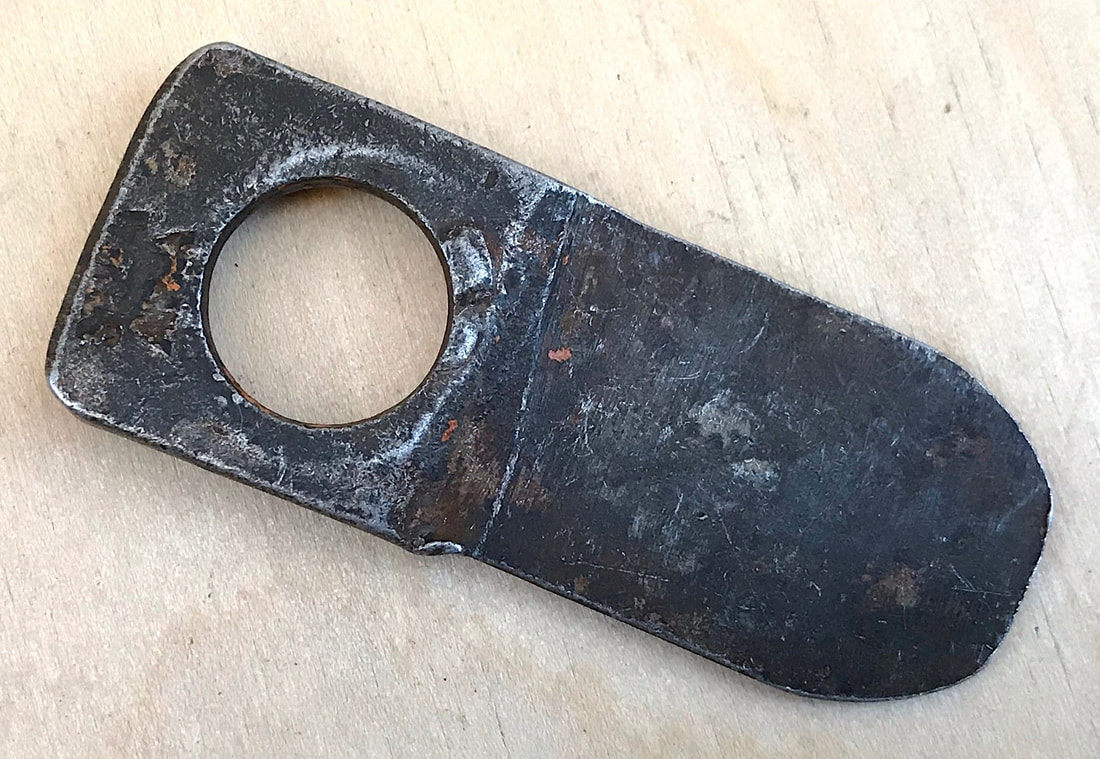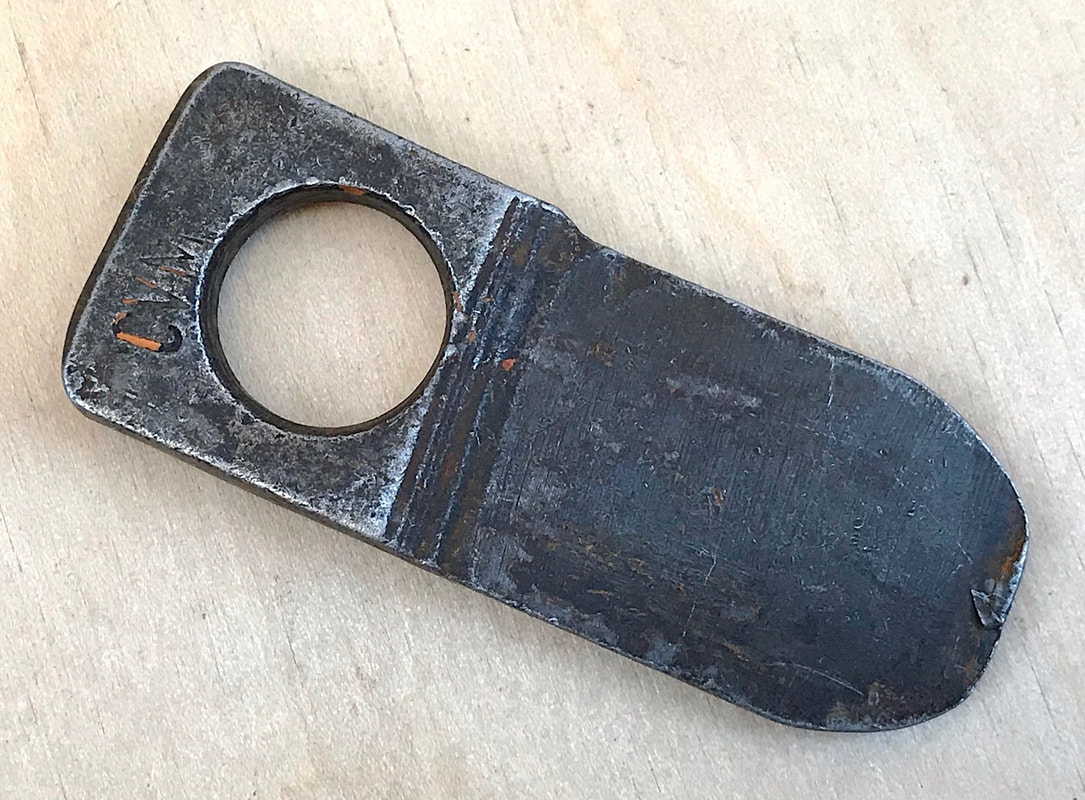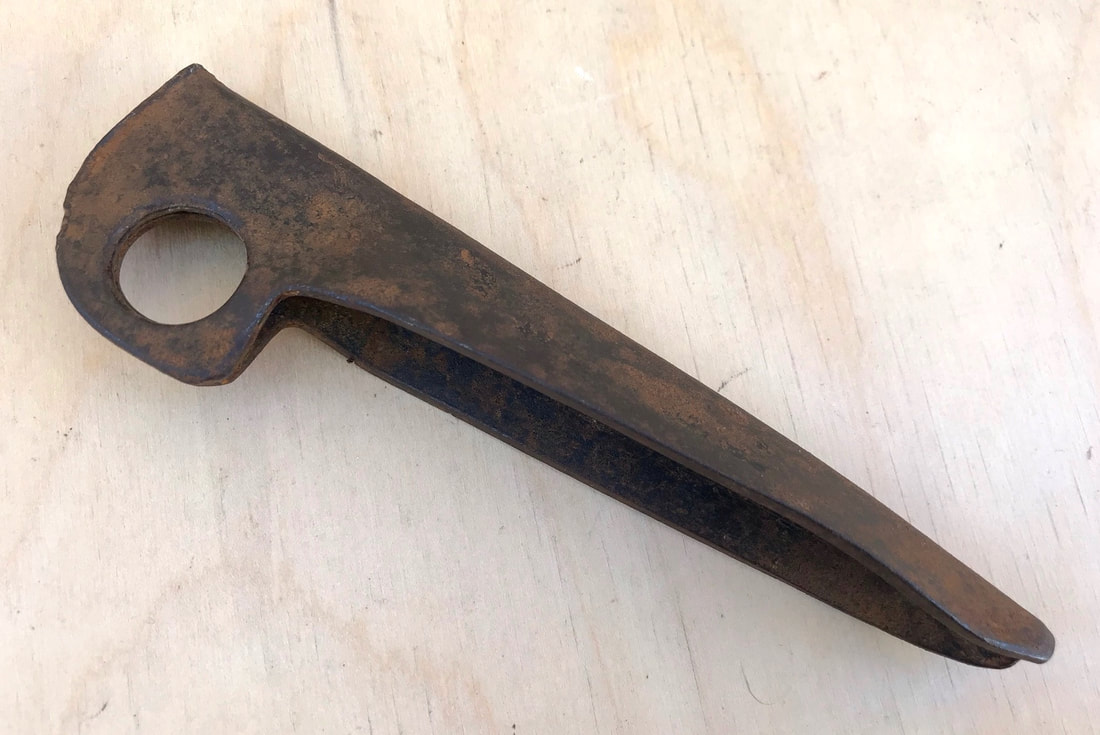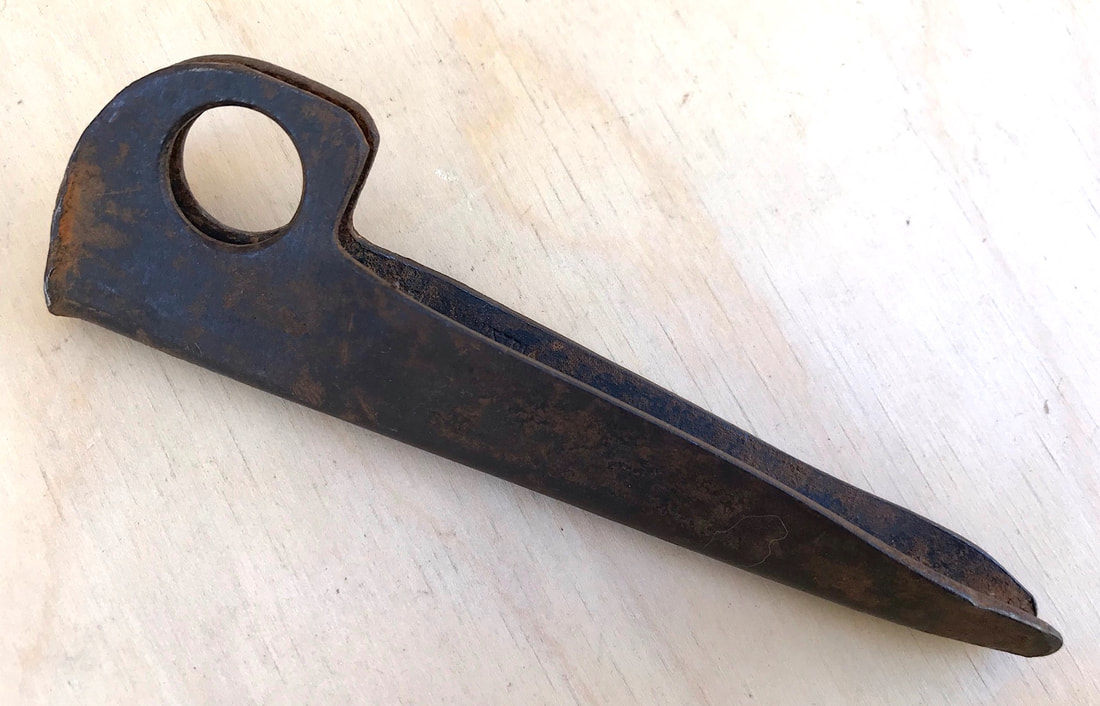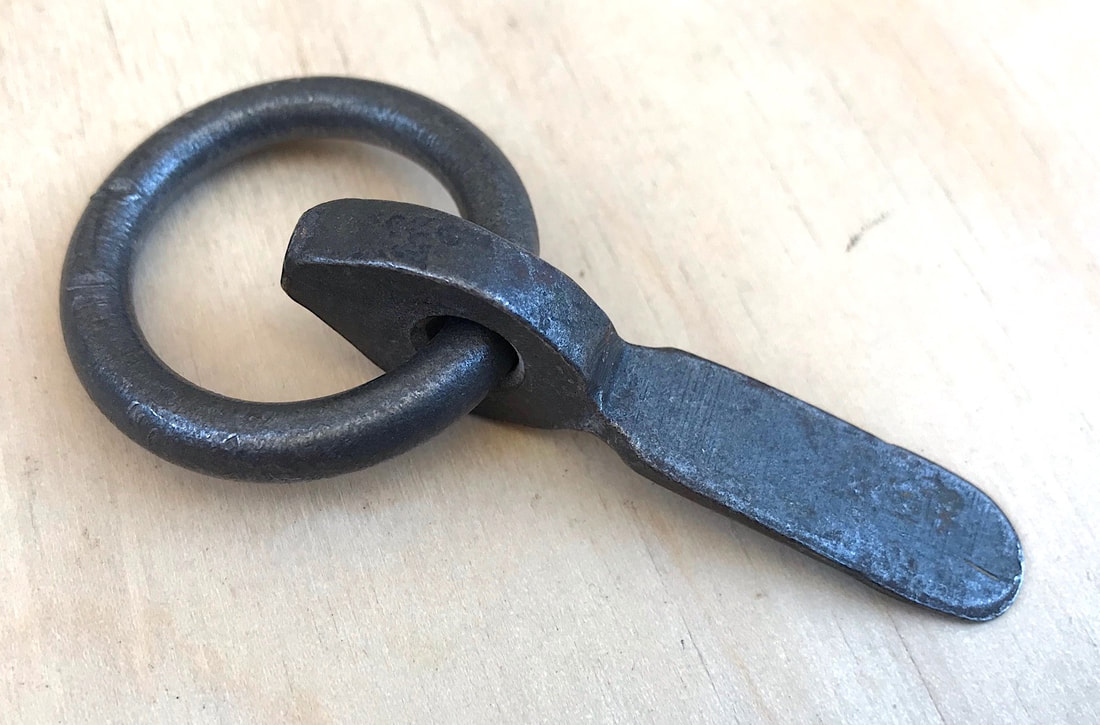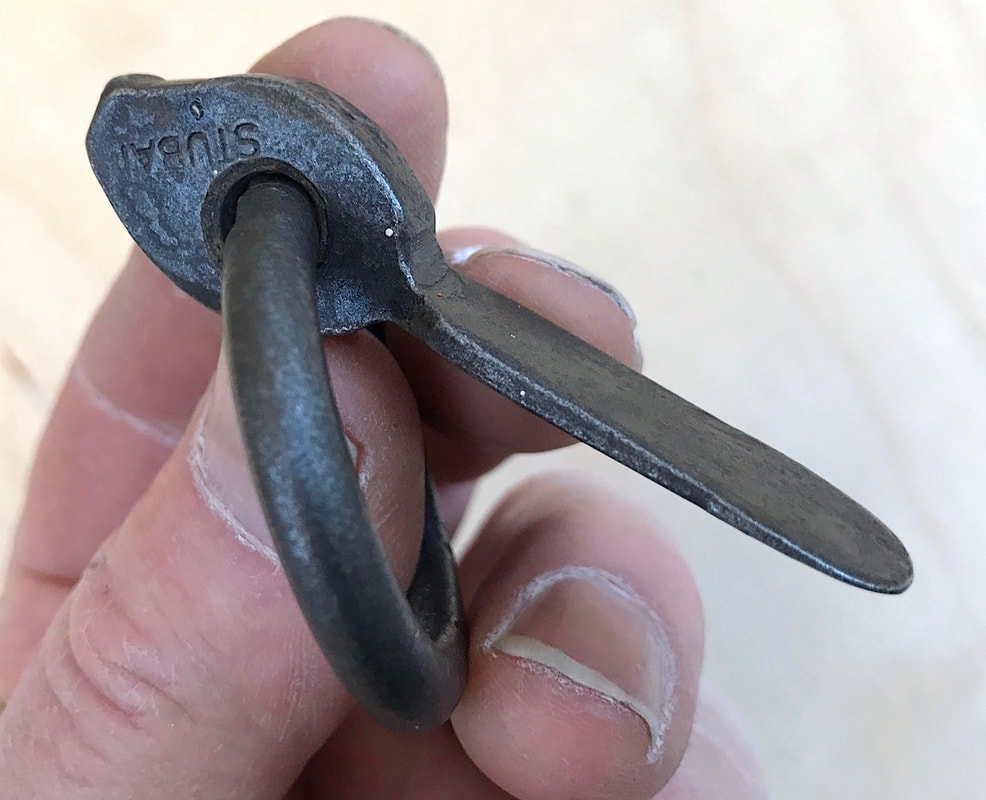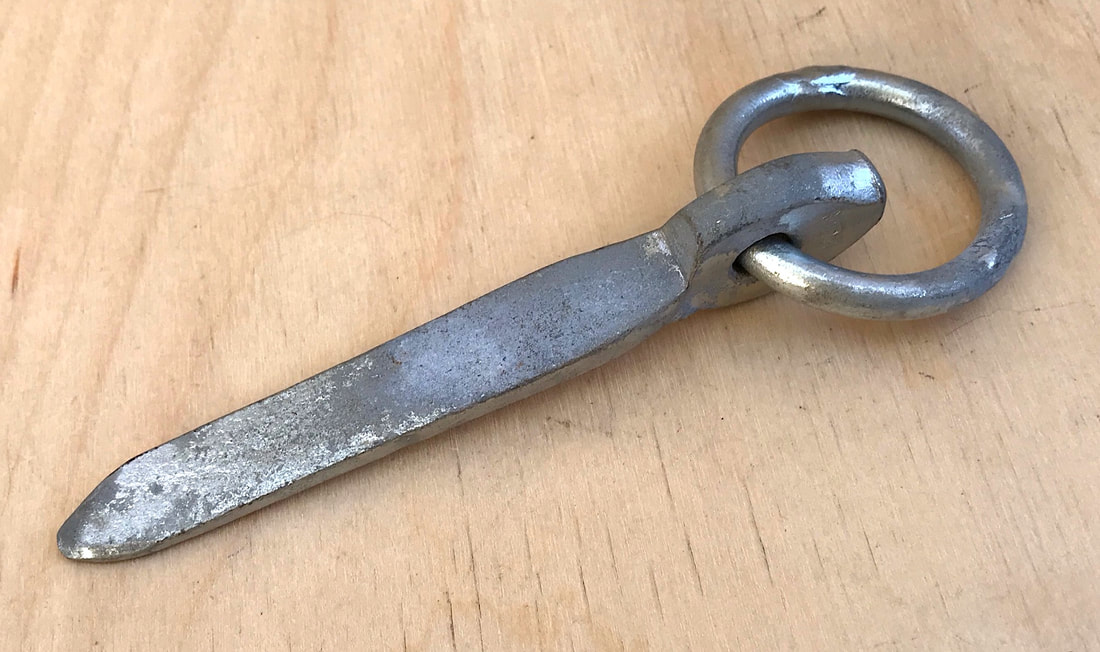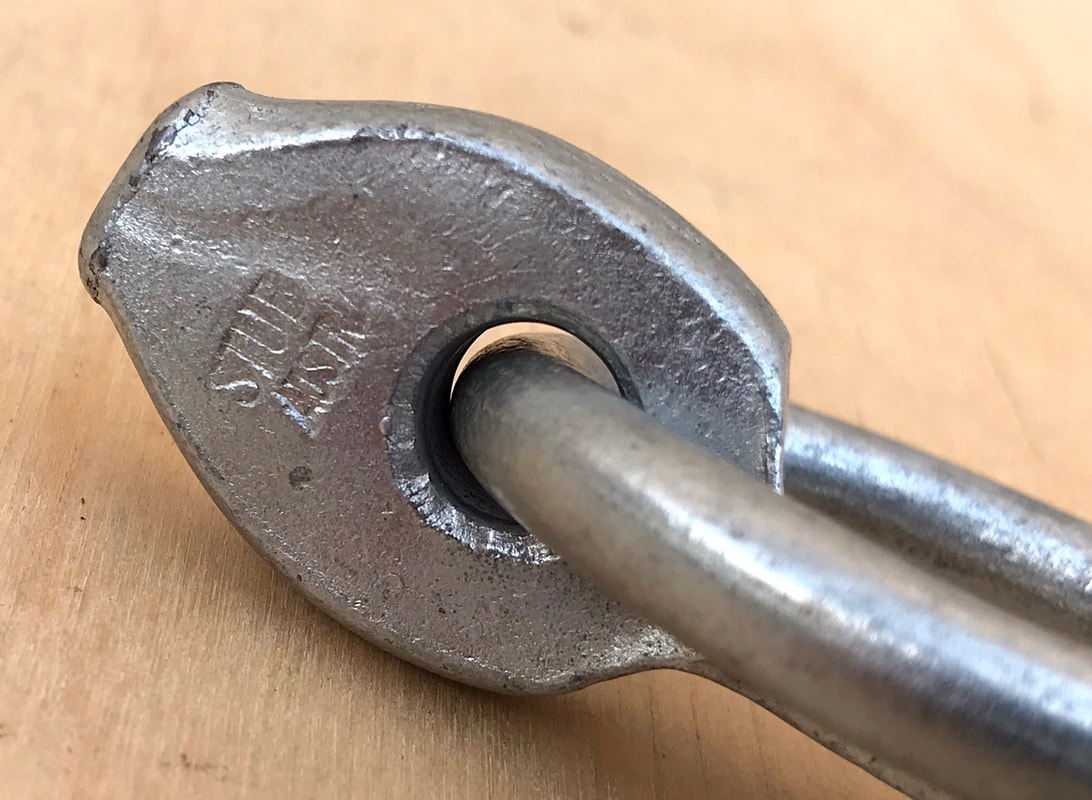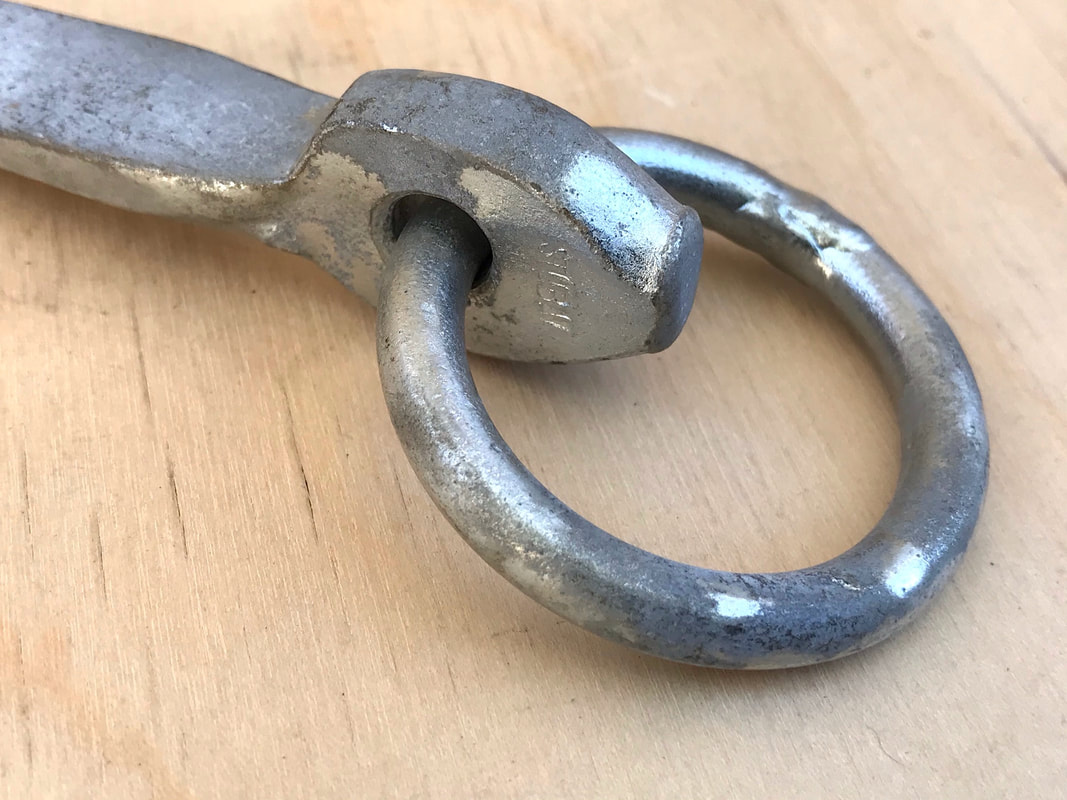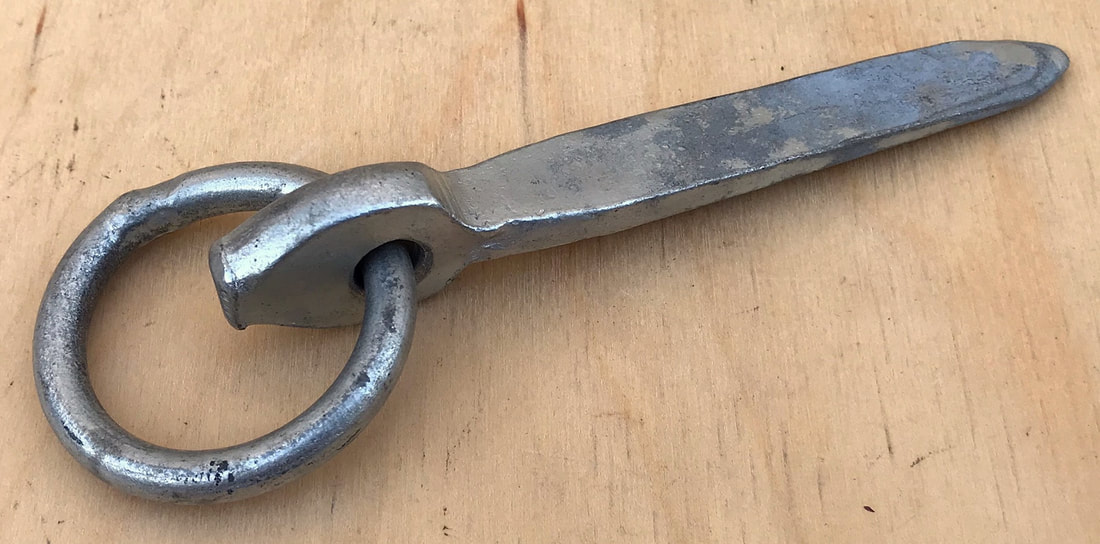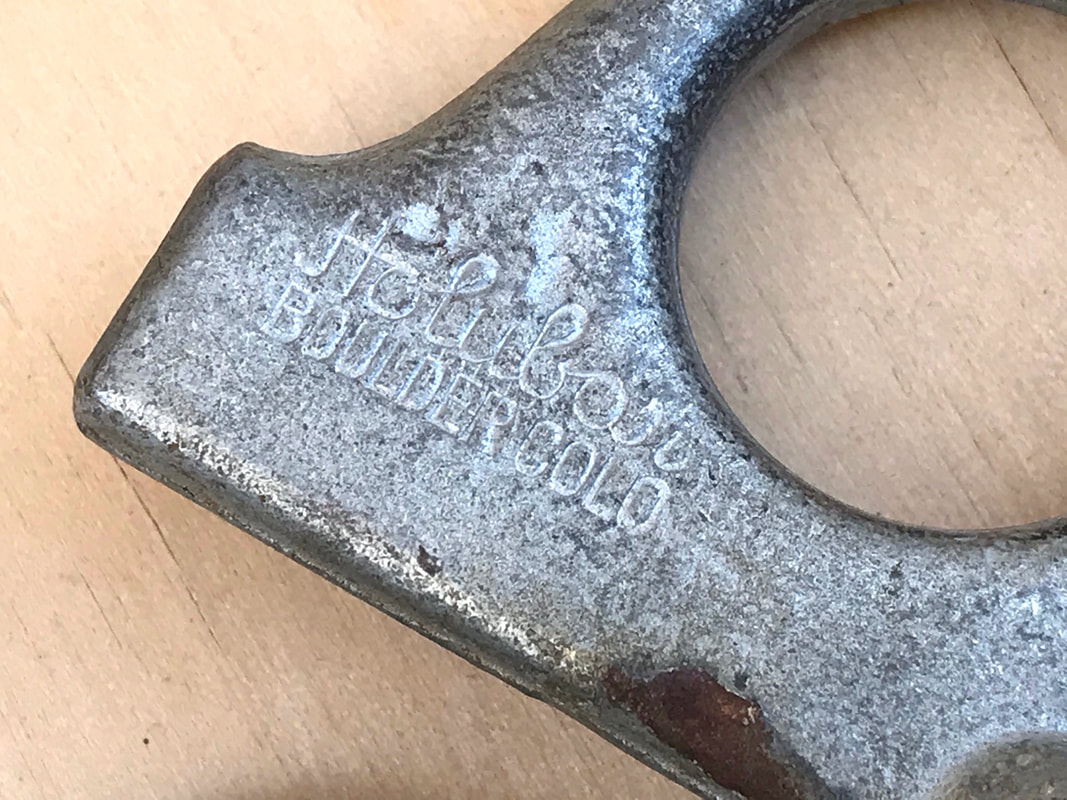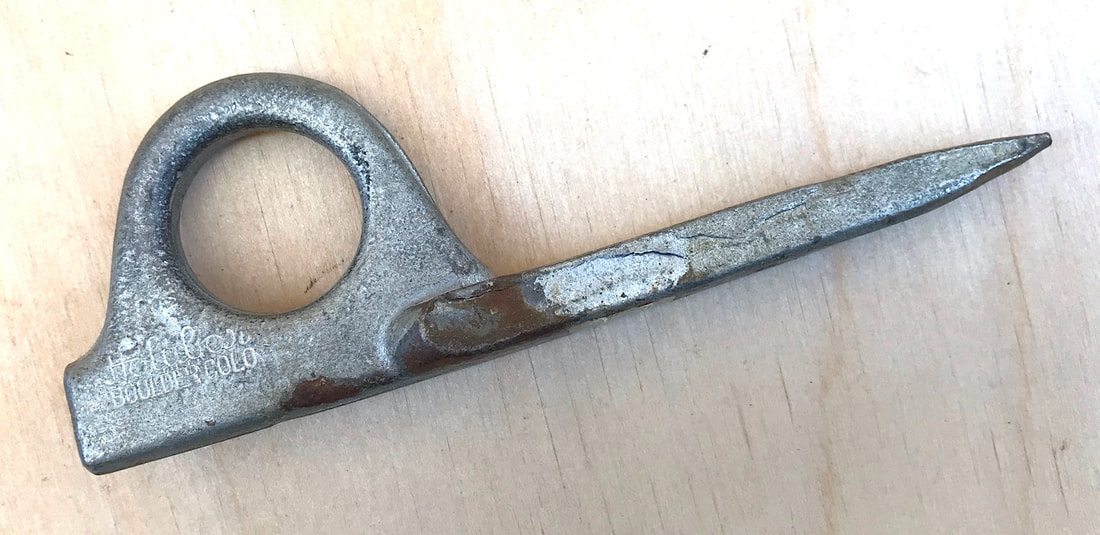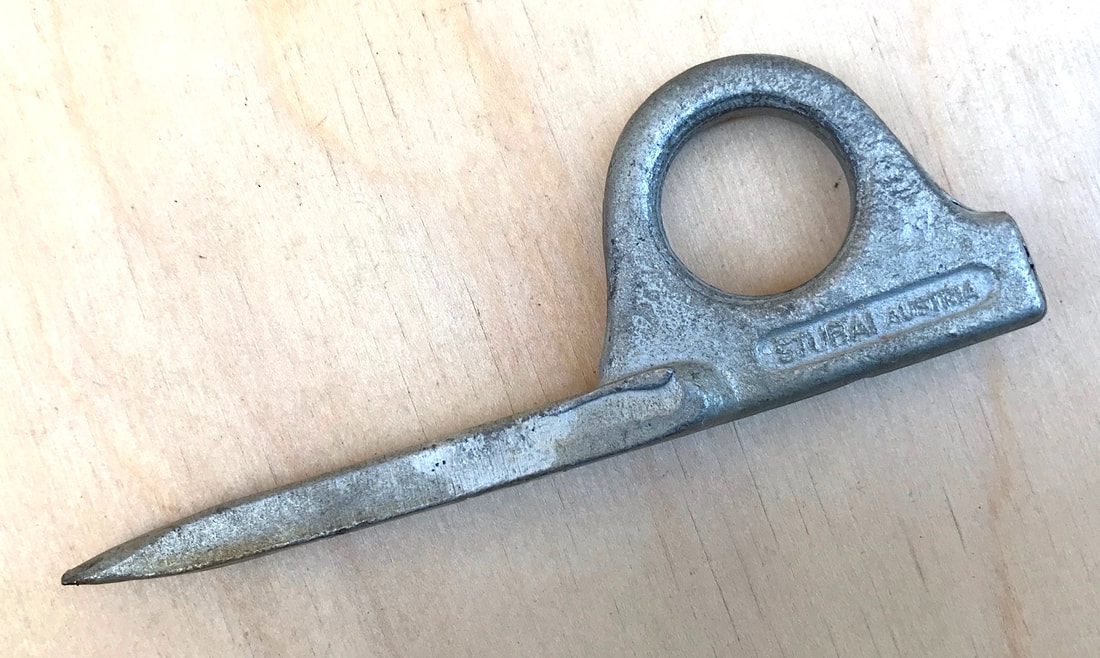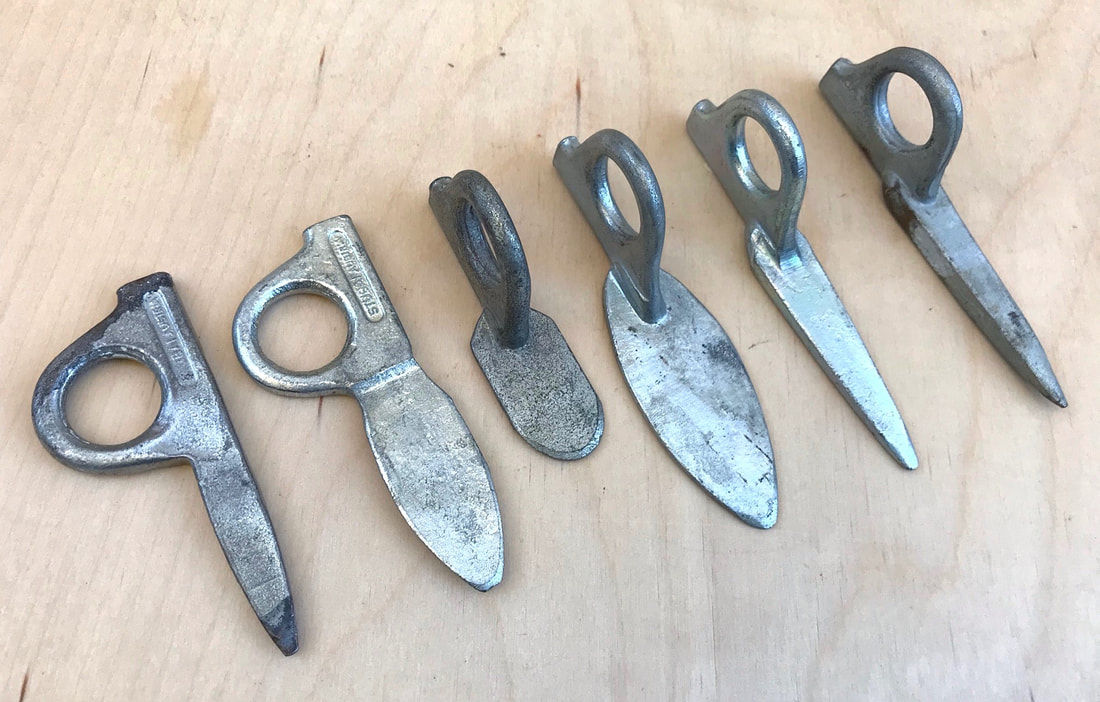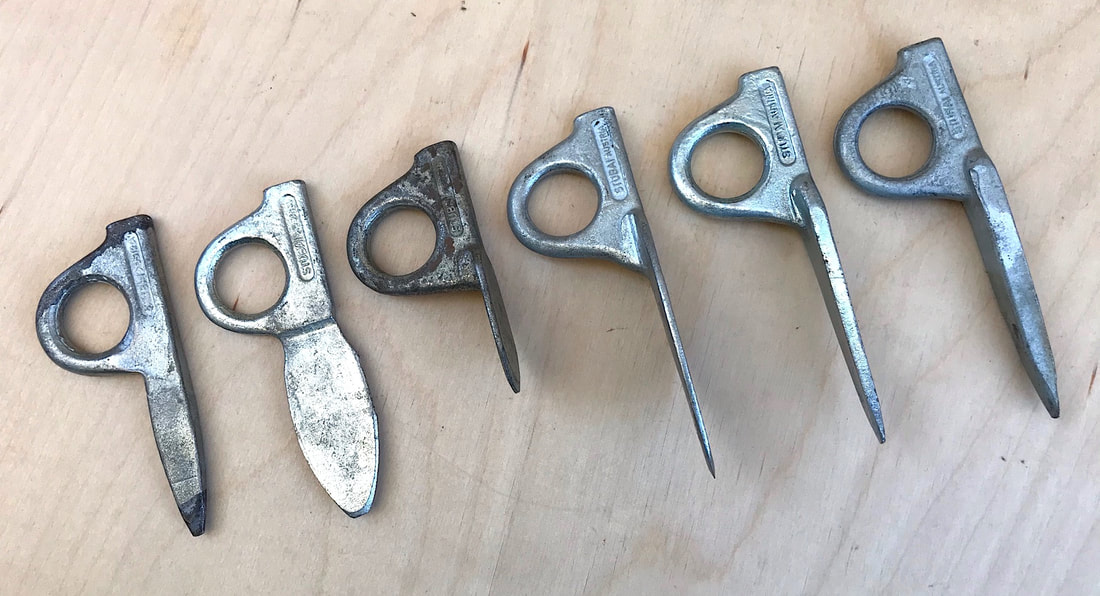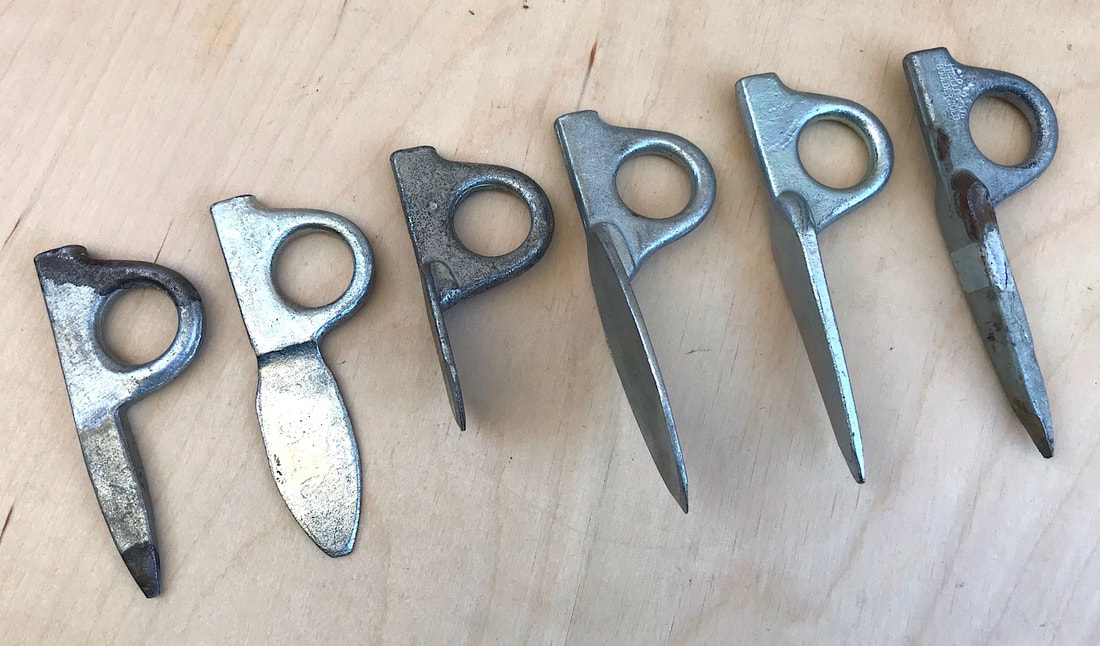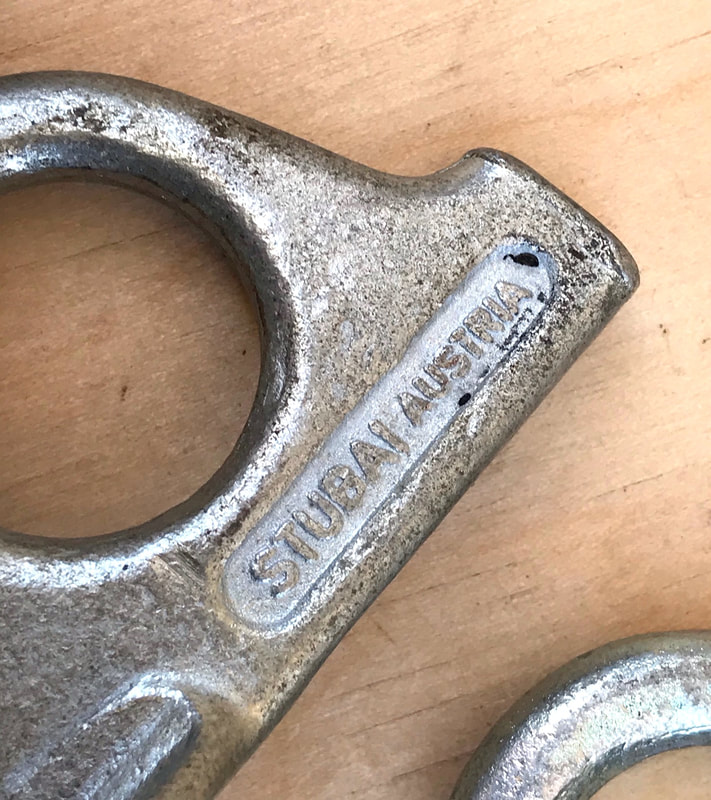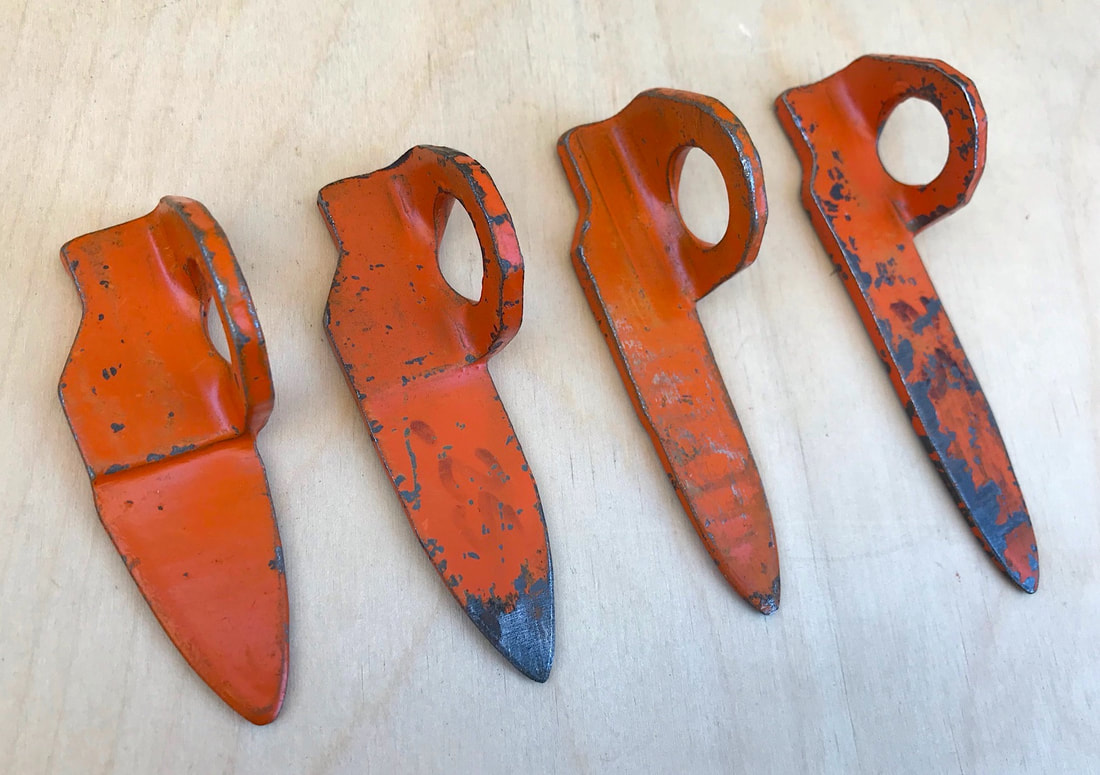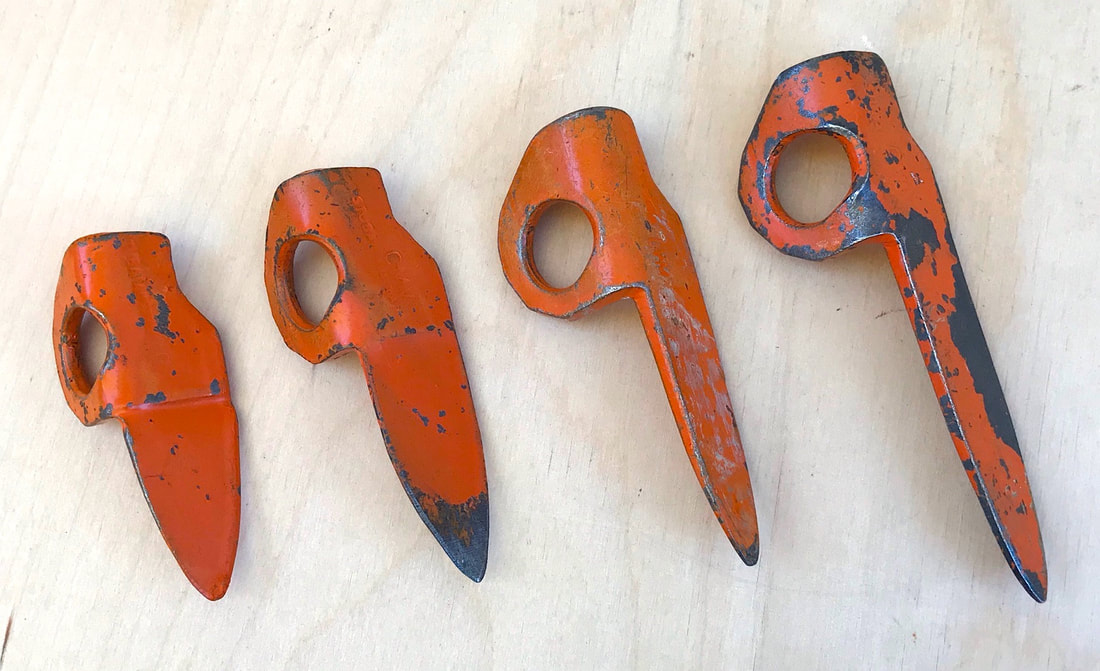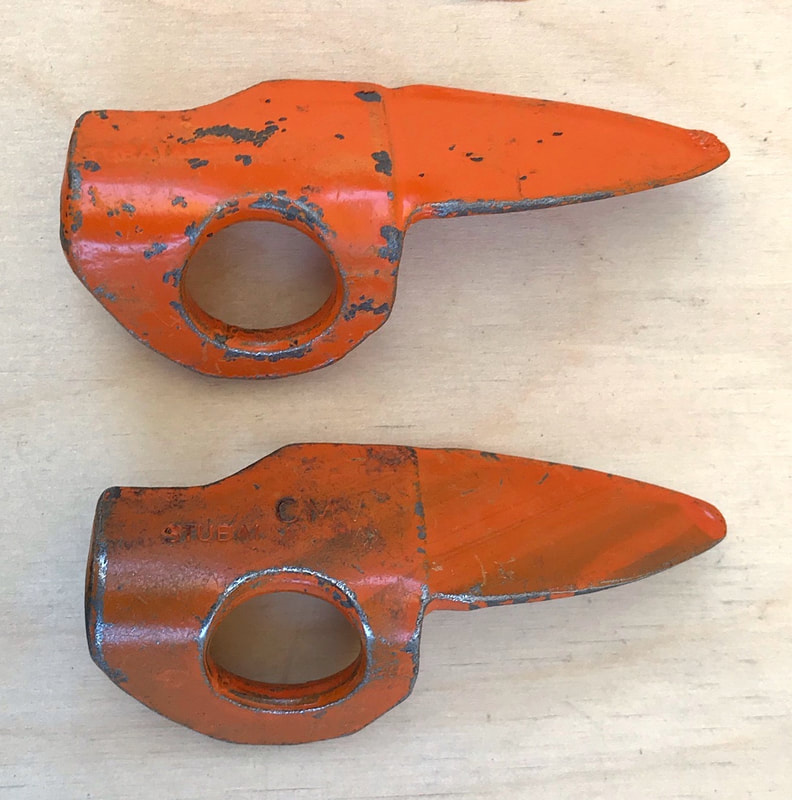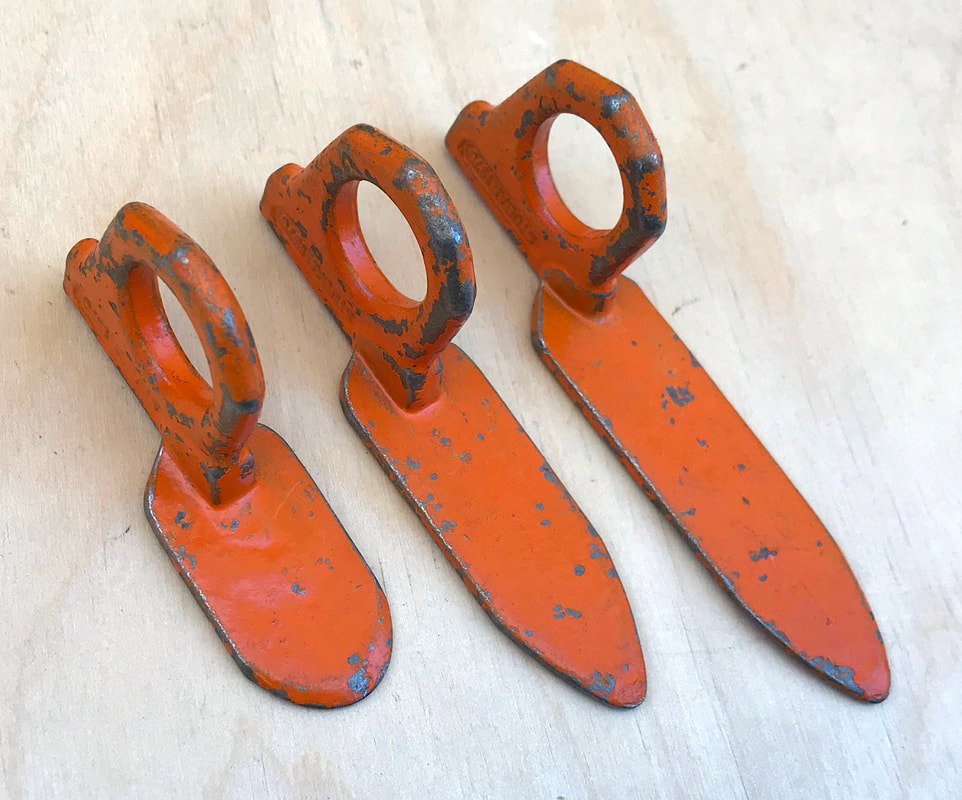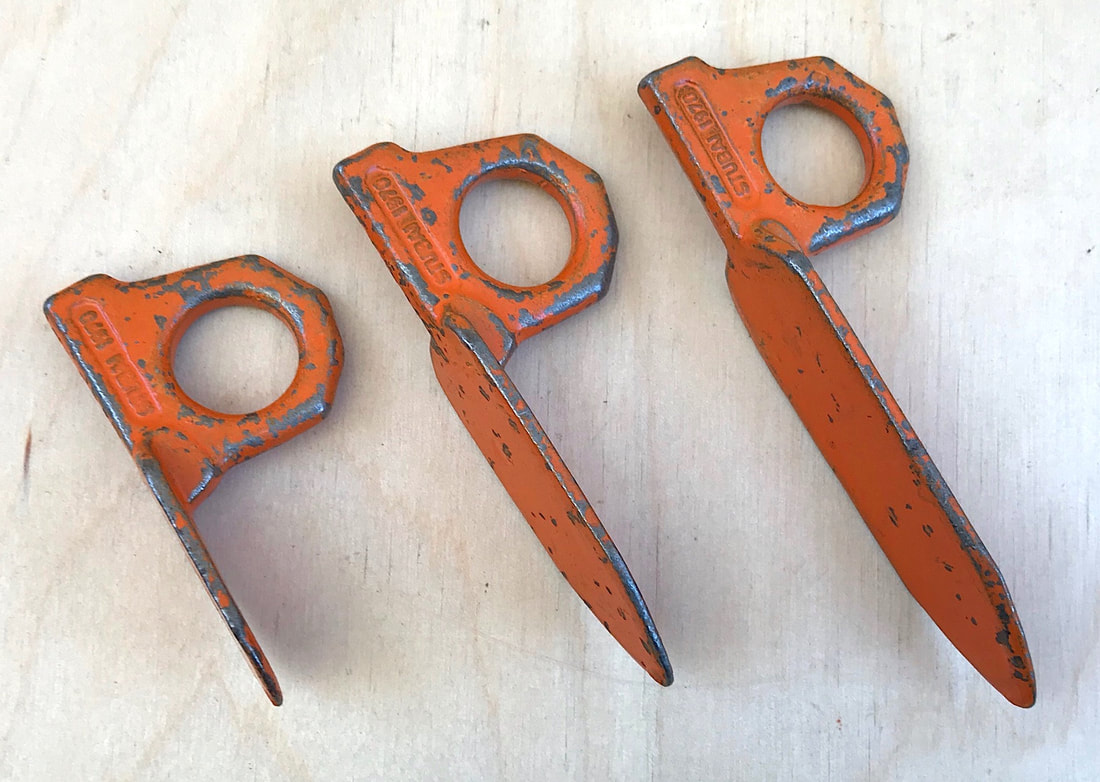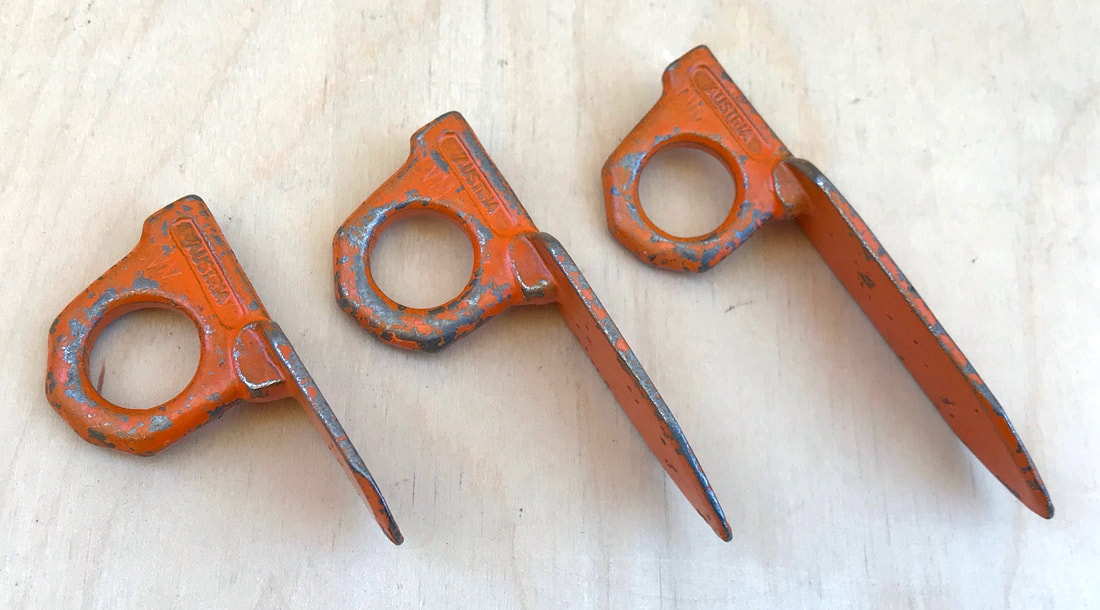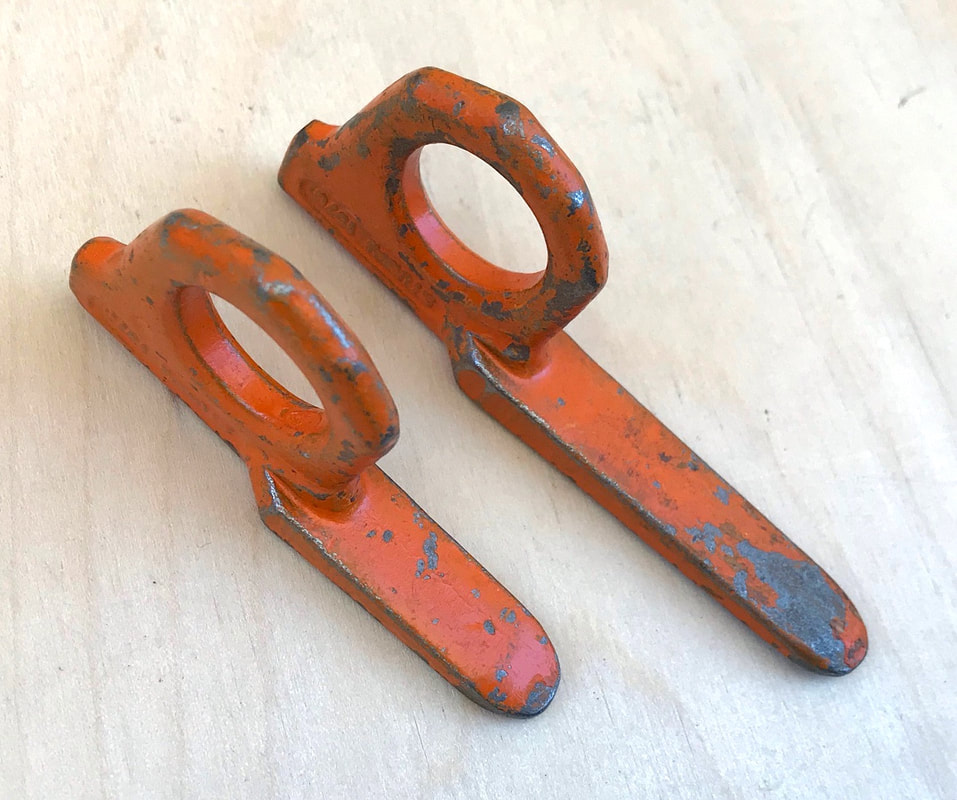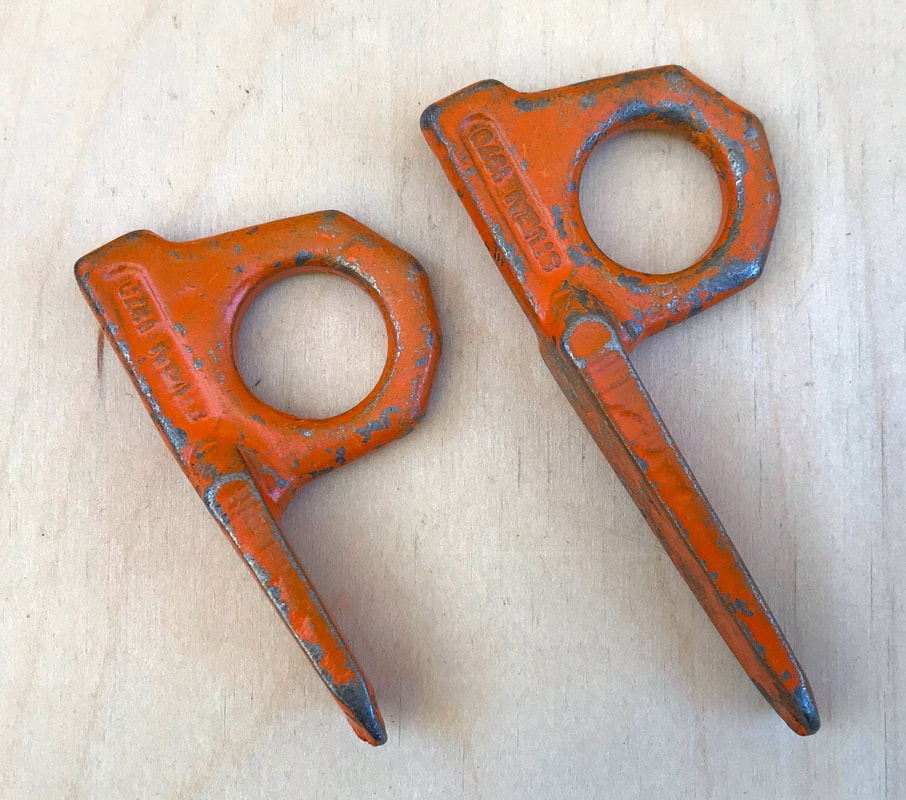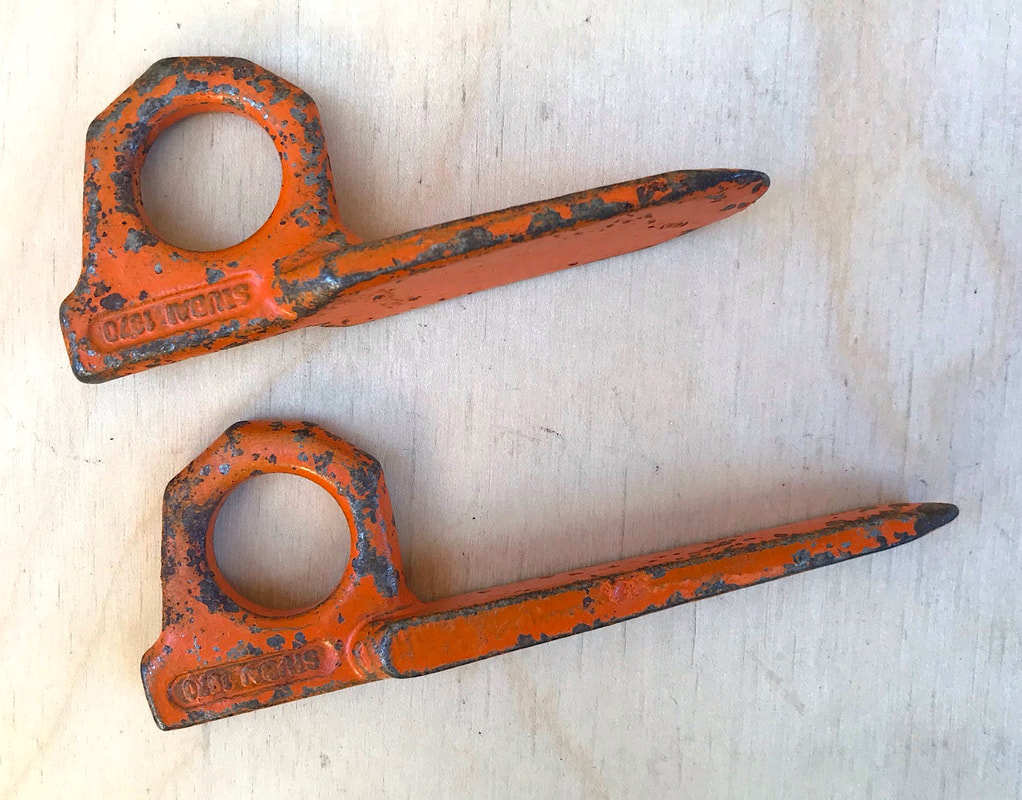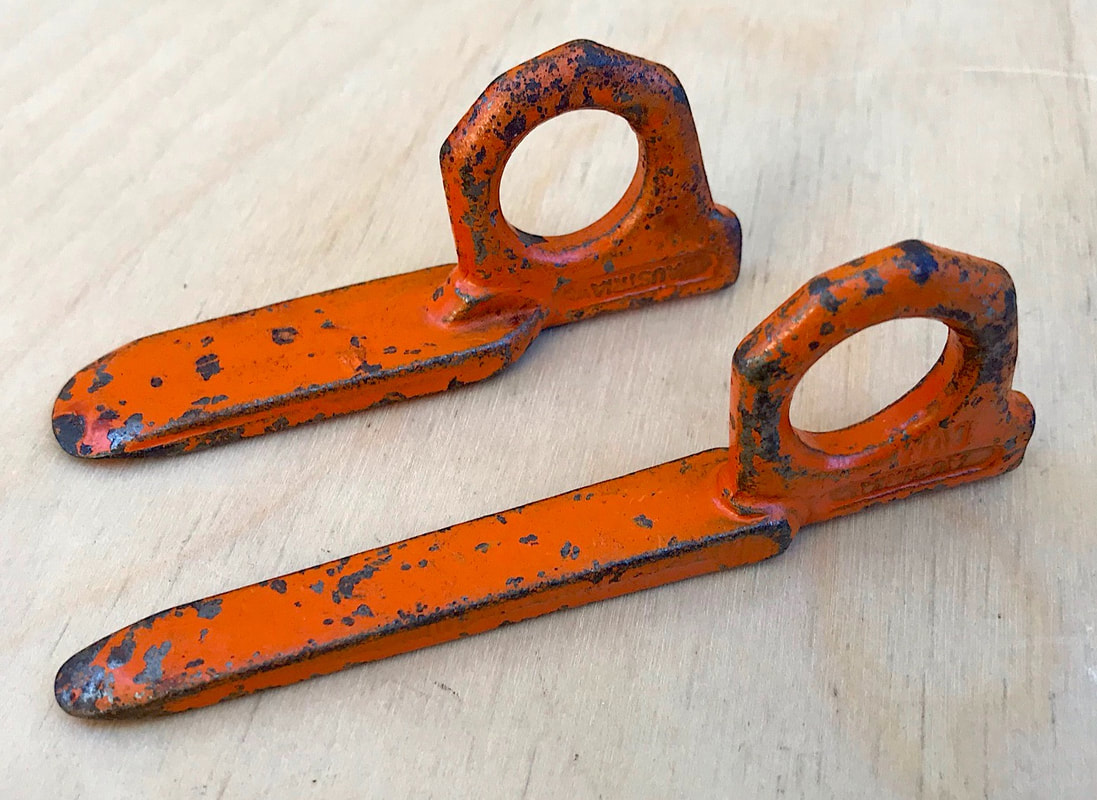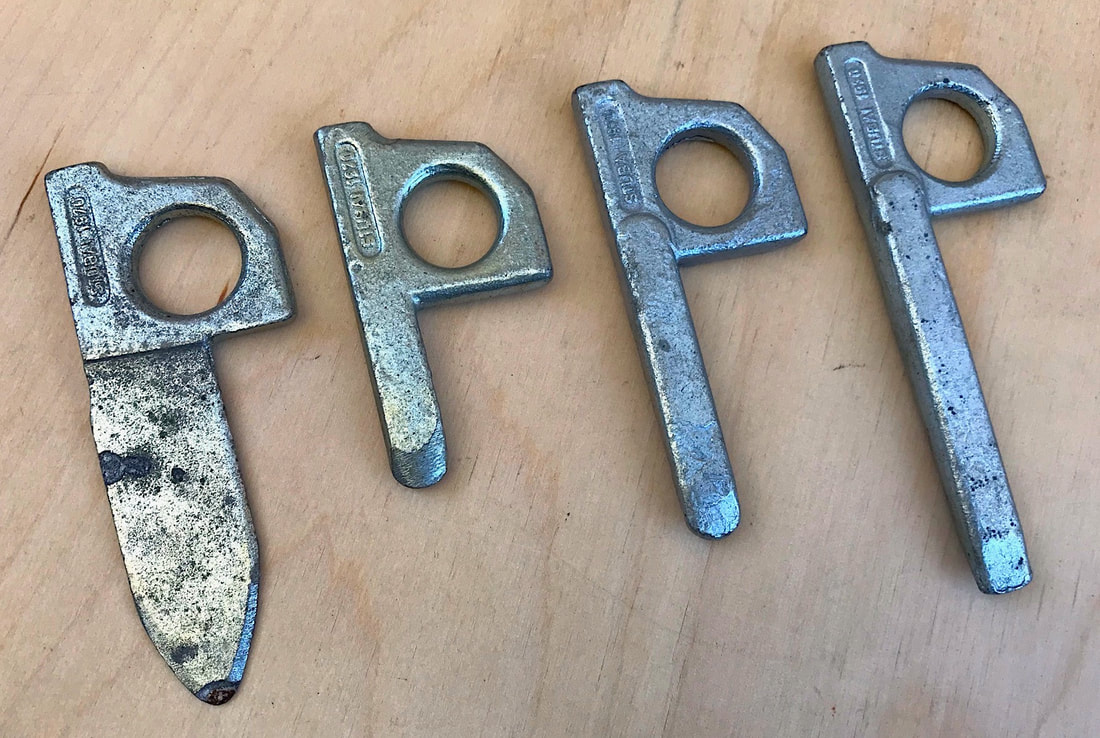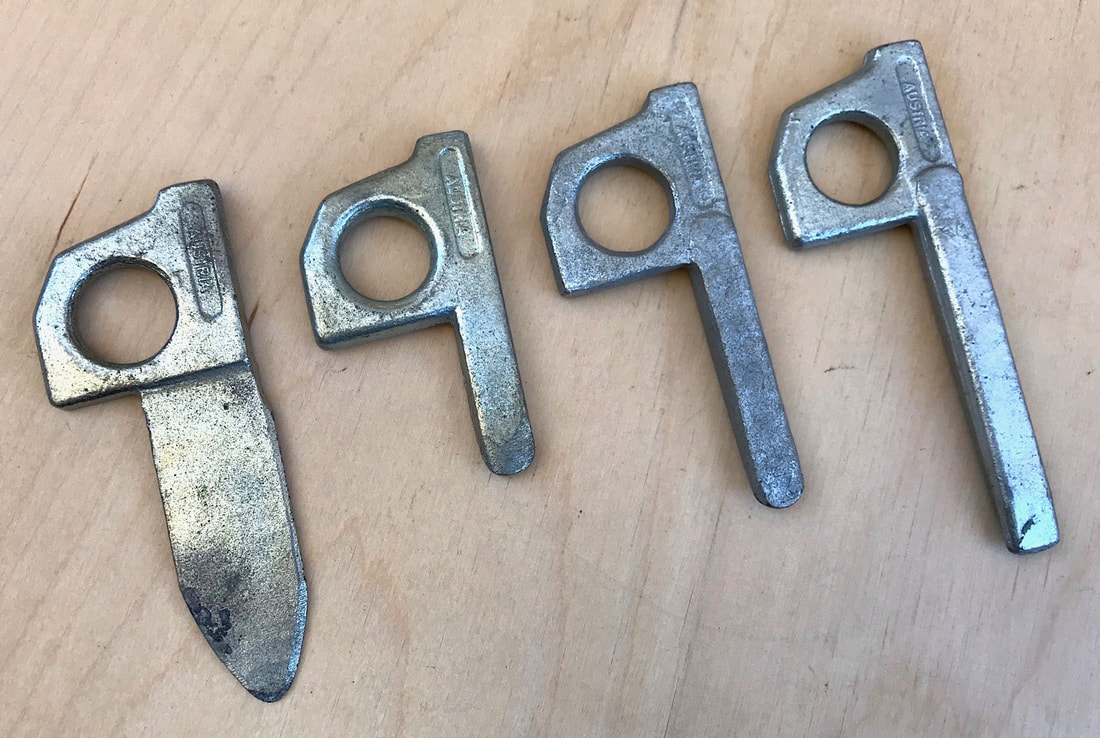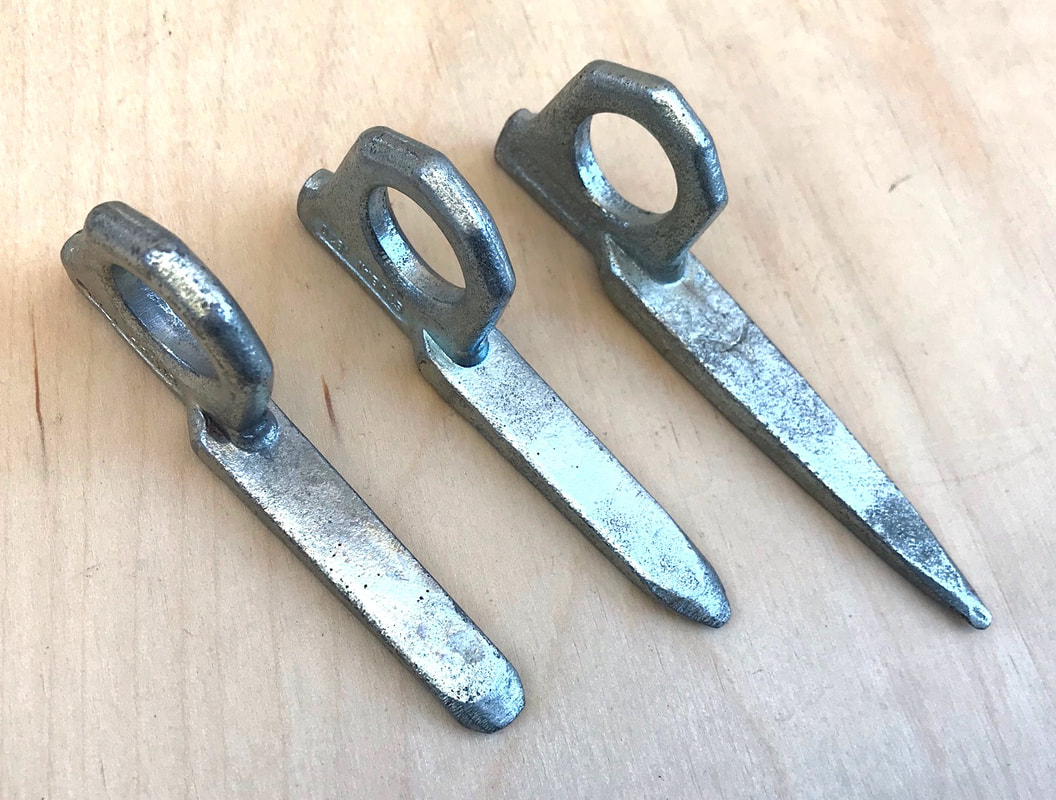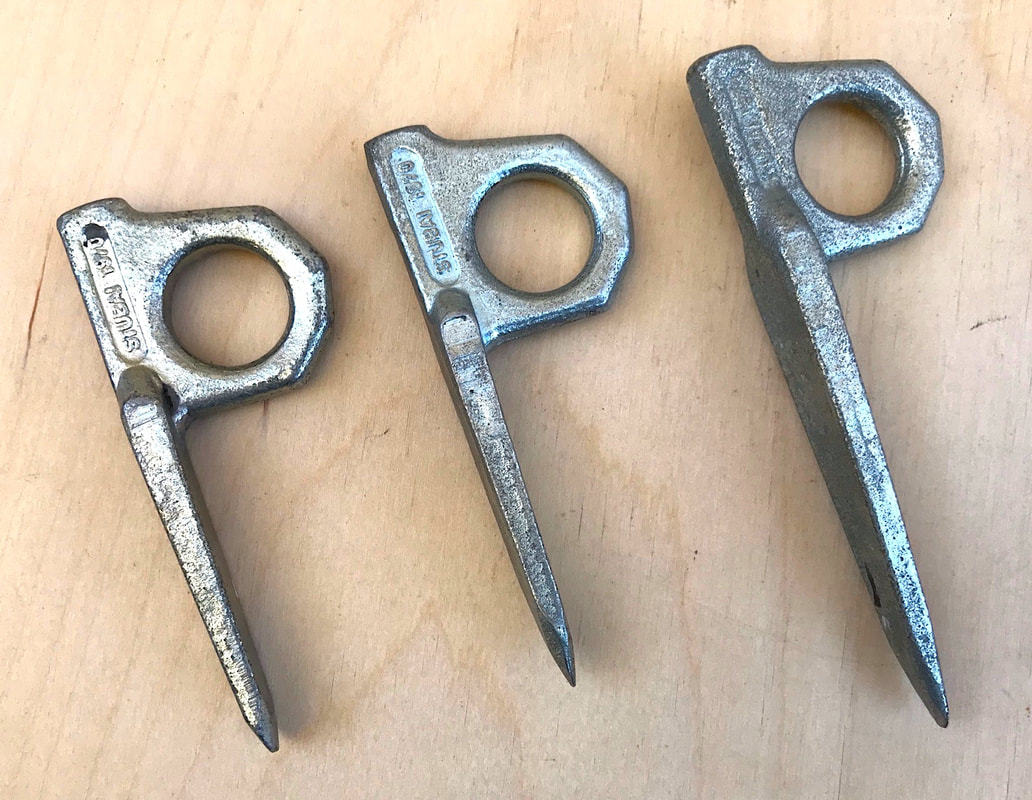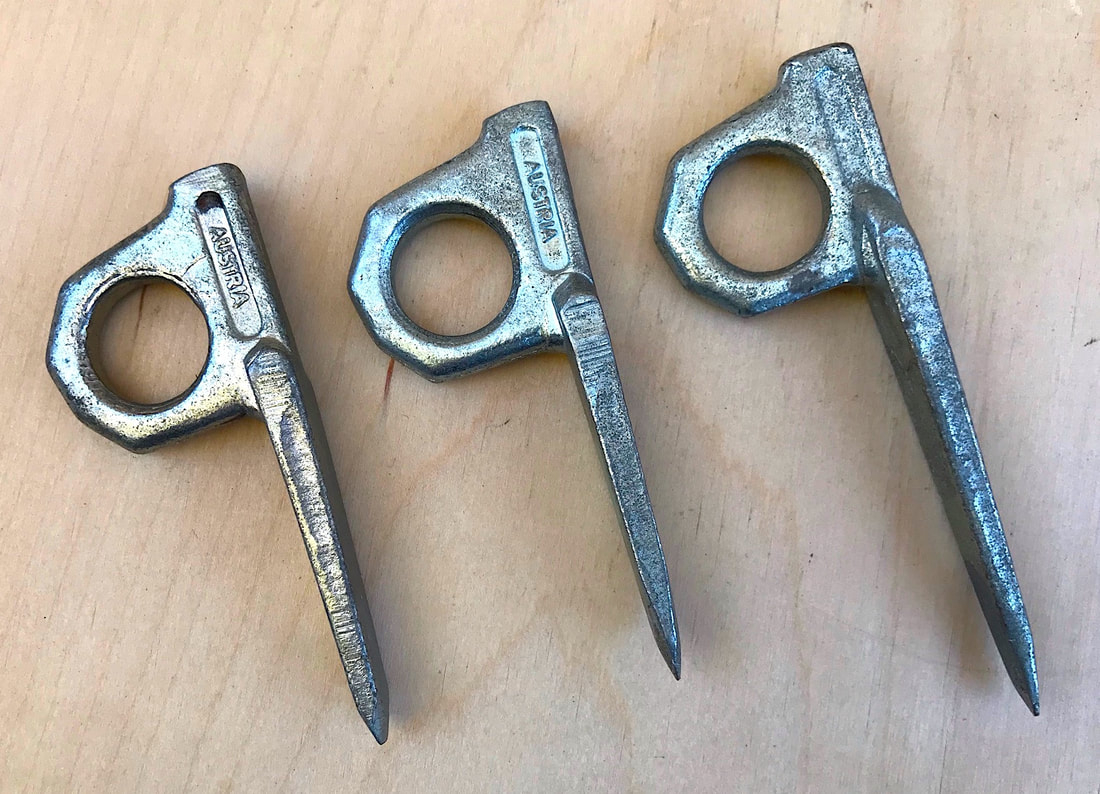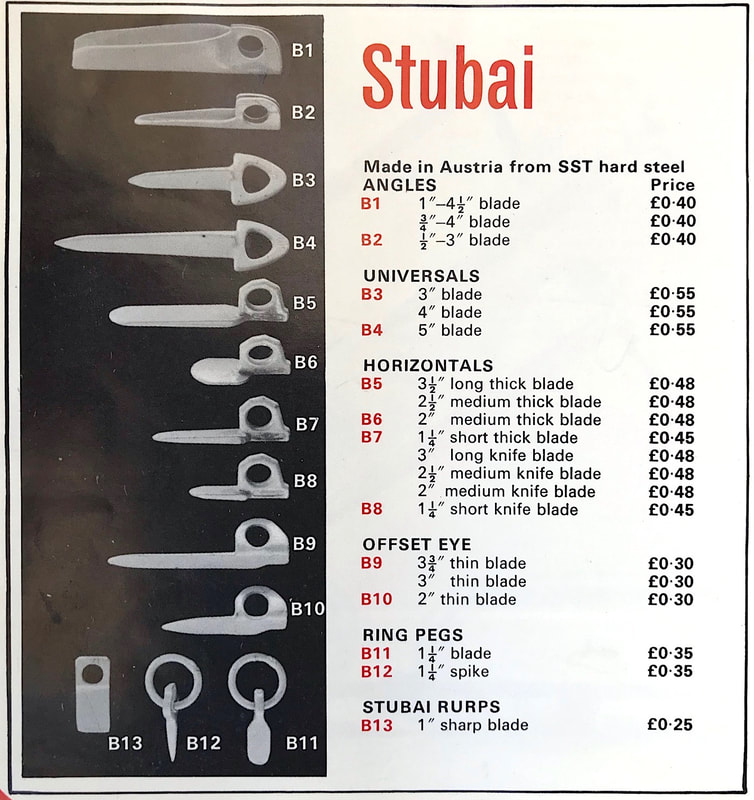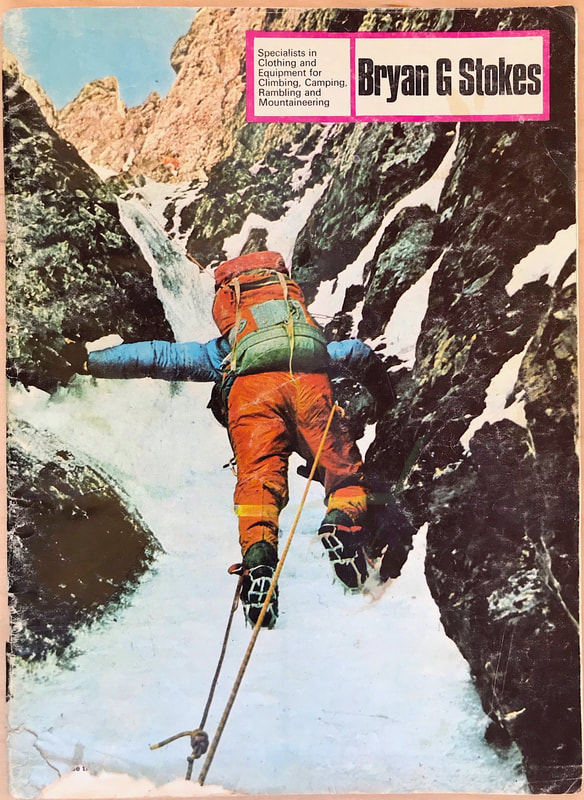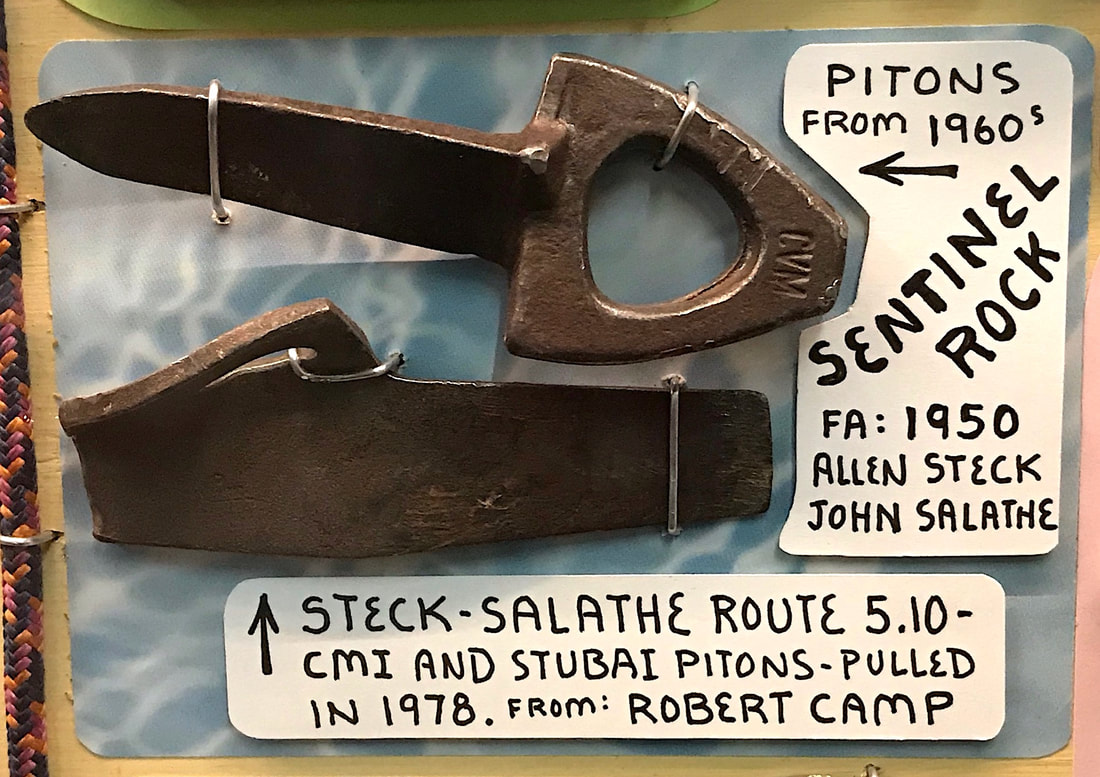Stubai History:
1742: Tradinghouse Volderauer was established.
1897: Blacksmith masters establish a cooperation.
1960: The cooperation is renamed to: STUBAI Werkzeugindustrie reg. Gen.m.b.H.
Another major step to today´s companys structure and to secure the future Business was the certifying in guidance of ISO 9001.
45 Blacksmith´s manufactured already in the 17th century knives and products for the agricultural Industrie and sold them well beyond the Valley.
The Stubai Tooling Cooperation was founded in 1897 but History proved that the forging of steel in the Valley of Stubai reaches back in the 14th century
Felix Ralling’s smithy was based in the Stubai valley in a small village called Fulpmes which became the heart of the iron industry in the Stubai valley and was often referred to as ‘Village of Smithy’.
1742: Tradinghouse Volderauer was established.
1897: Blacksmith masters establish a cooperation.
1960: The cooperation is renamed to: STUBAI Werkzeugindustrie reg. Gen.m.b.H.
Another major step to today´s companys structure and to secure the future Business was the certifying in guidance of ISO 9001.
45 Blacksmith´s manufactured already in the 17th century knives and products for the agricultural Industrie and sold them well beyond the Valley.
The Stubai Tooling Cooperation was founded in 1897 but History proved that the forging of steel in the Valley of Stubai reaches back in the 14th century
Felix Ralling’s smithy was based in the Stubai valley in a small village called Fulpmes which became the heart of the iron industry in the Stubai valley and was often referred to as ‘Village of Smithy’.
............................................................................................
Looking at the cornucopia of Stubai history tidbits: Many blacksmiths working together eventually form a alliance or together became a cooperation which created products in the Stubai Valley in Austria. The cooperation formed in 1897. Today looking at climbing products from the 1930s and into the 1960s there are many items that do not have a manufacturers stamp on the products. But many simply are stamped “Made in Austria.” Many old catalogs that show products do not list a company name, but list that the products were made in Austria. There may have been many or just one blacksmith that was creating the mountaineering products within the Cooperation which was Felix Ralling. I am not sure exactly when Felix Ralling started creating pitons, but his ice axes go back into the 1920s, and maybe further. The ice axes are marked “F.Ralling Hammerwerk Fulpmes.” The F.Ralling pitons may have started in the 1930s.
I always wondered why the products were only marked “Made in Austria,” which was possibly because all of these smaller companies were creating for the larger, but the larger, the “Cooperation” didn’t have a overall name. In 1960 the Cooperation, or Co-Operative was given a name and Stubai became the overall. In the Stubai 1980 catalog it is written: A staff of 500 people in 39 factories produce 4000 different articles: each article bears the quality mark STUBAI and is manufactured with the strong conviction that “Made in Austria” must mean the best.
|
Stubai history shows that the Stubai marks on products started in 1960, but I believe the marks started in 1959. I was able to find some proof of that where on the Vertical Archaeology website, Ashby shows the “Good Companions” catalogue offered by Thomas Black & Sons from 1959, which has a product "Ice Pitons" showing in it listed as Stubai. The F.Ralling Hammerwerk Fulpmes pitons became the Stubai pitons starting sometime 1959/1960.
This Good Companions catalog shows perfectly the confusion that collectors face today as they work to make sense of the Made in Austria products. This one page alone shows four different items which seem to come from four different manufacturers which in true |
are all from the same Cooperation. The Ice Pitons state: “Made by the Austrian firm, Stubai, of world repute.” The Ten Point Crampons state: “A Hand-forged product of the Austrian Tyrol. The Instep Crampons state: Another Fulpmes product.” The Lightweight Adjustable Crampons state: Austrian made.” There are four different Austrian references, which actually are all from the same Cooperation.
Once the pitons were marked "Stubai," another stamp was added to the pitons "CMV" which stands for CrMoV steel, or Chrom-Molybdenum steel. But for some reason some of the pitons are stamped "CVM." (?)
None of the Stubai catalogs shown have year dates on them. I did the best I could to place the year with the pitons.
Once the pitons were marked "Stubai," another stamp was added to the pitons "CMV" which stands for CrMoV steel, or Chrom-Molybdenum steel. But for some reason some of the pitons are stamped "CVM." (?)
None of the Stubai catalogs shown have year dates on them. I did the best I could to place the year with the pitons.
.............................................................................................
